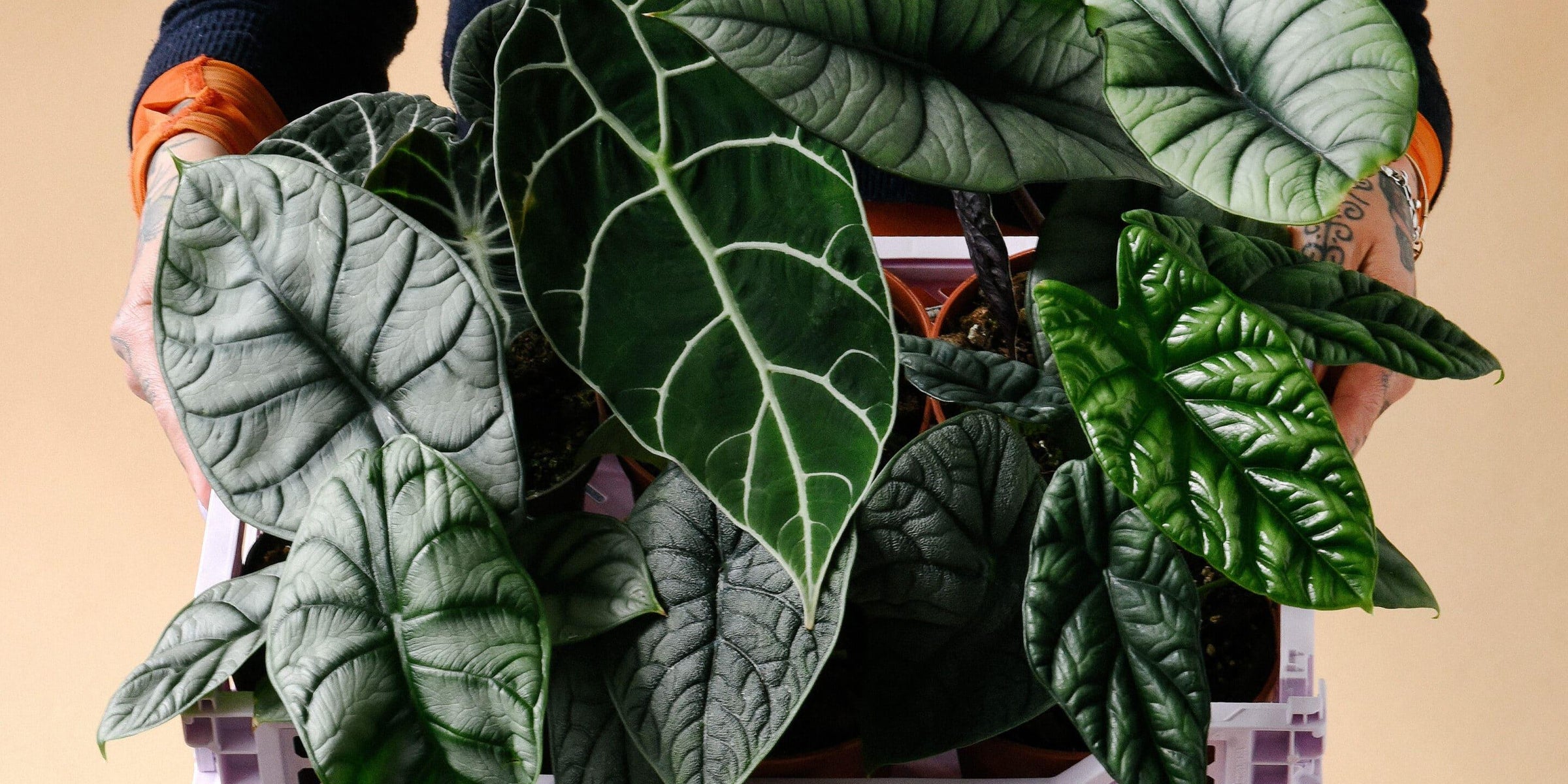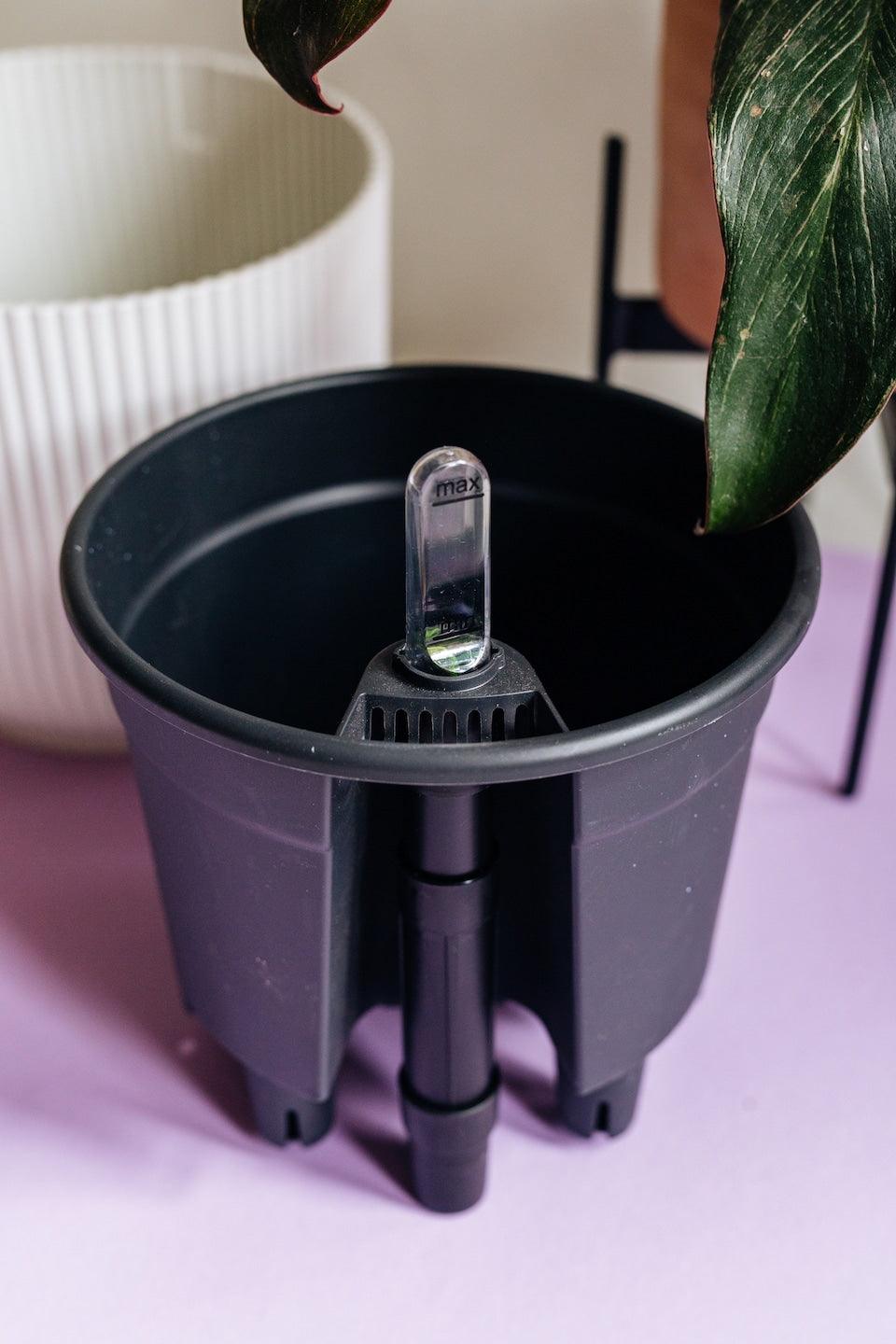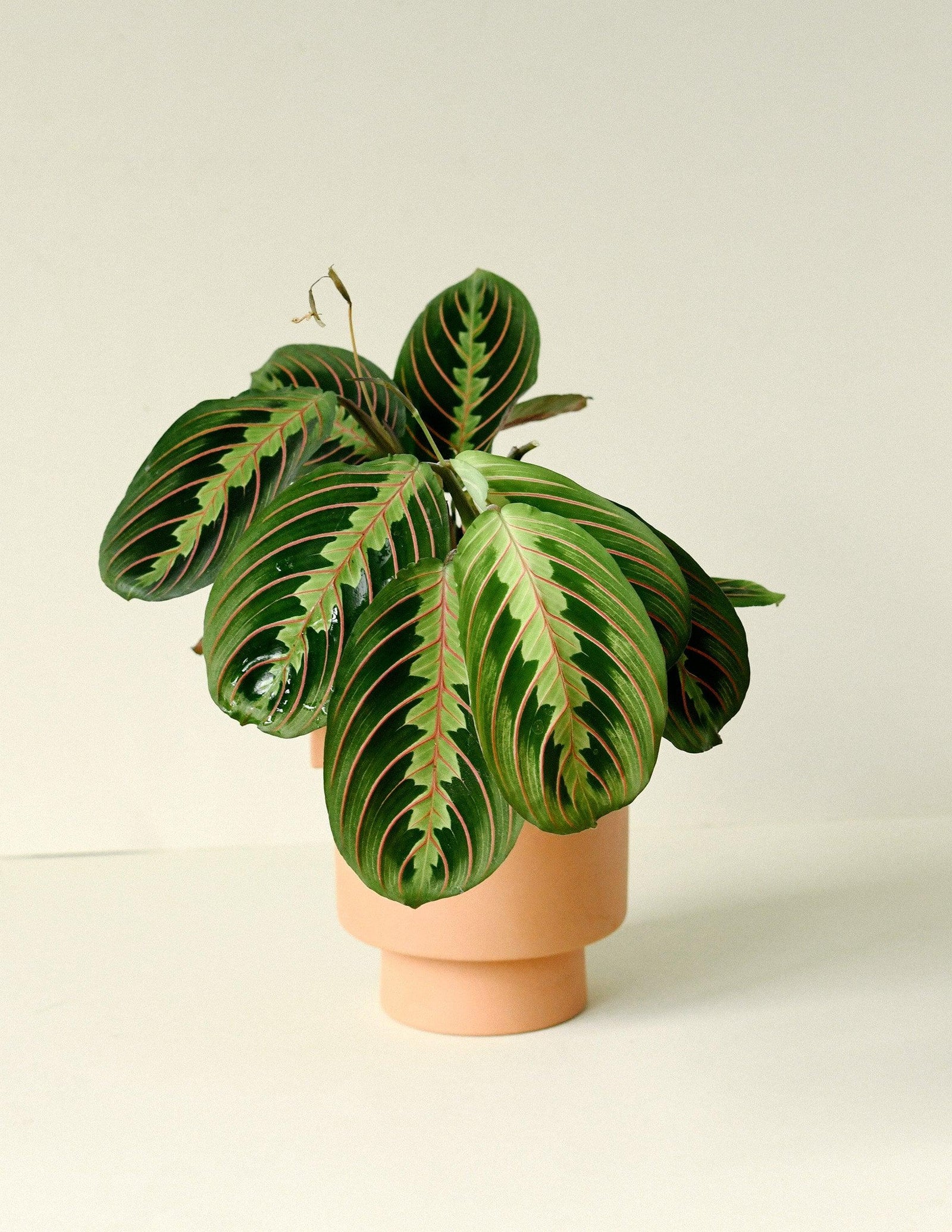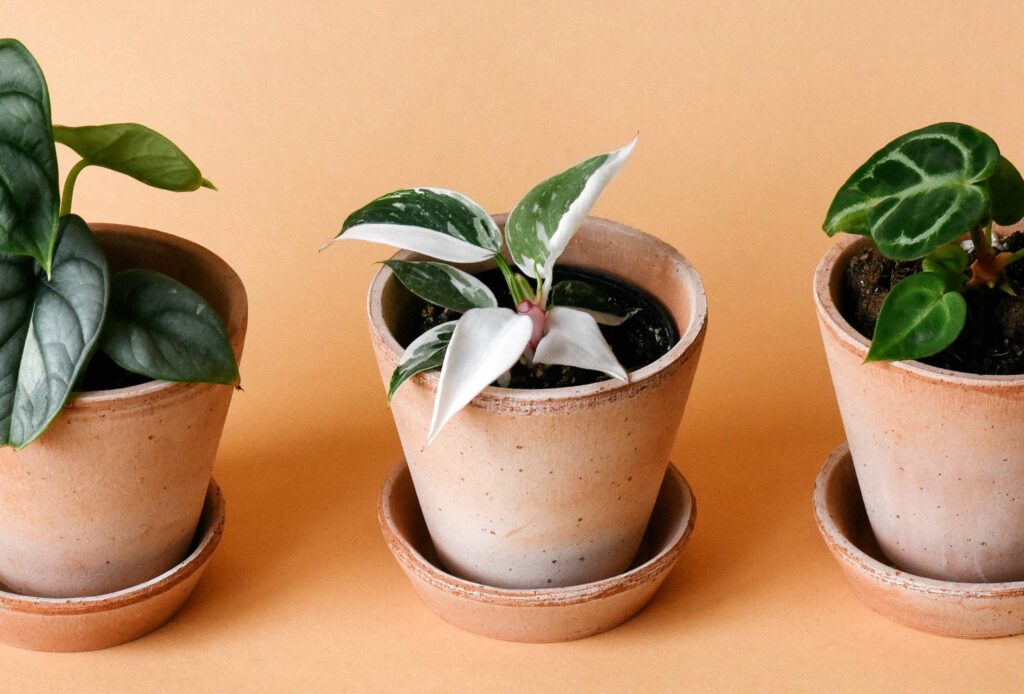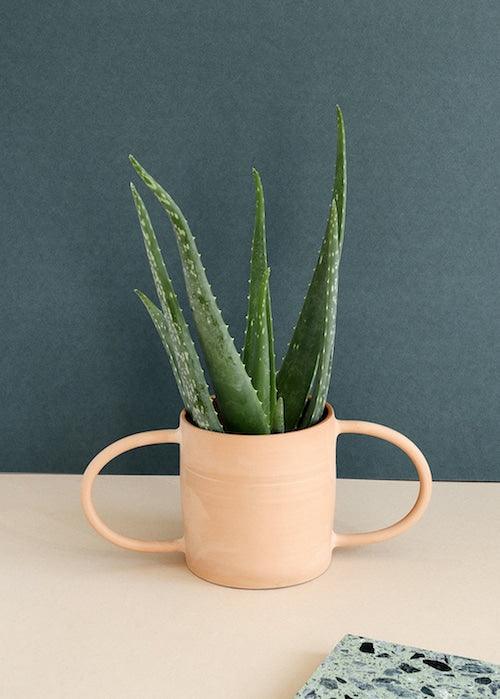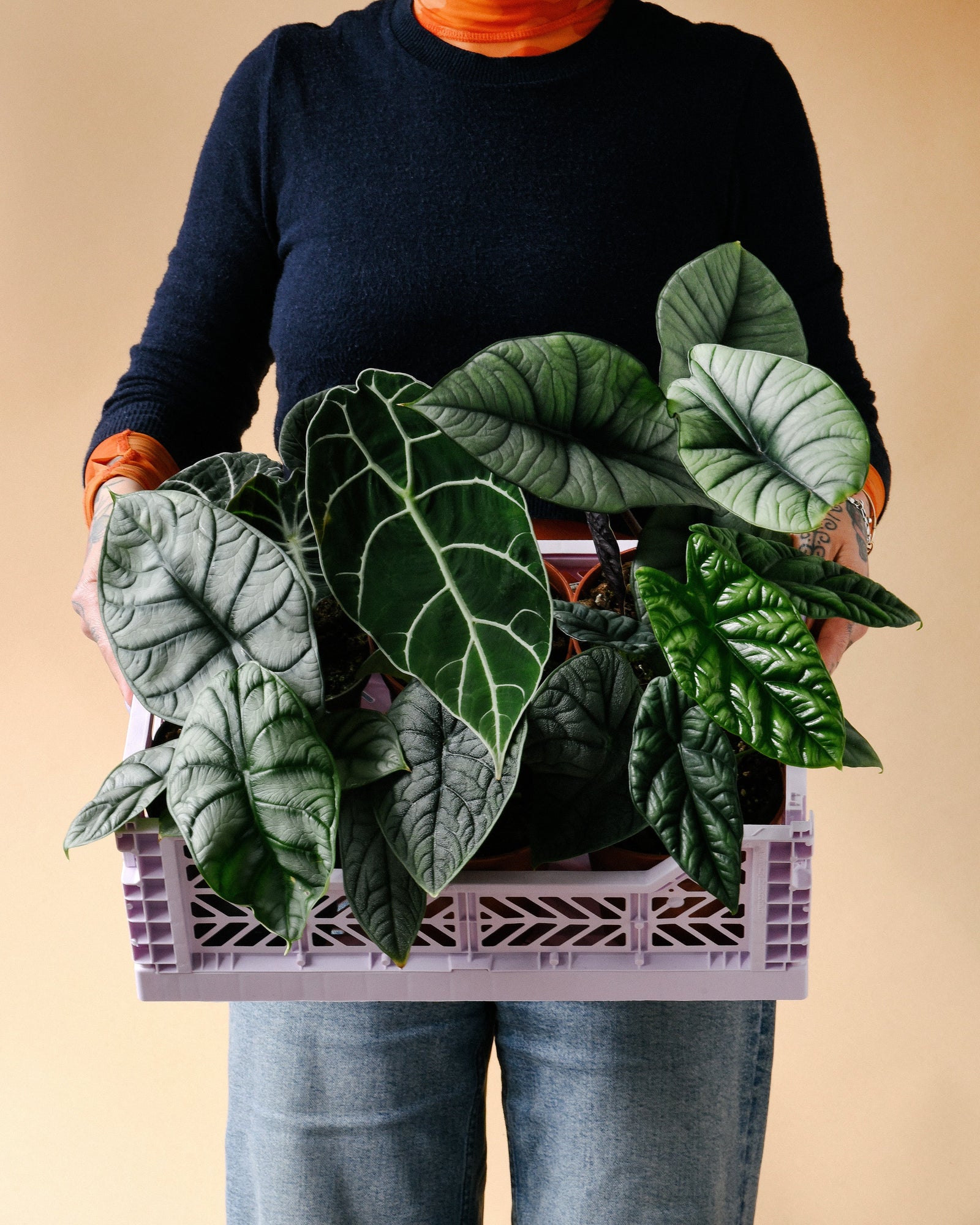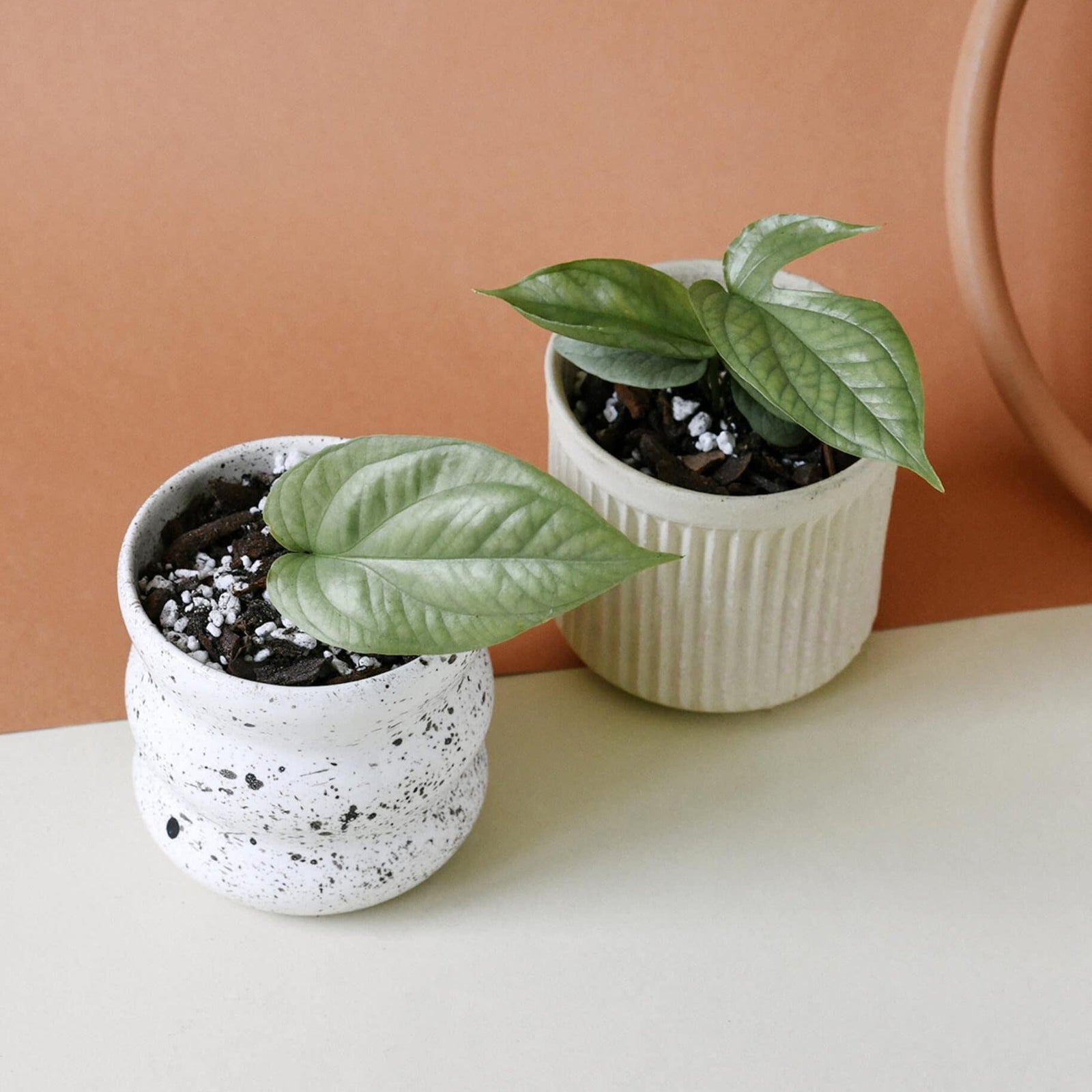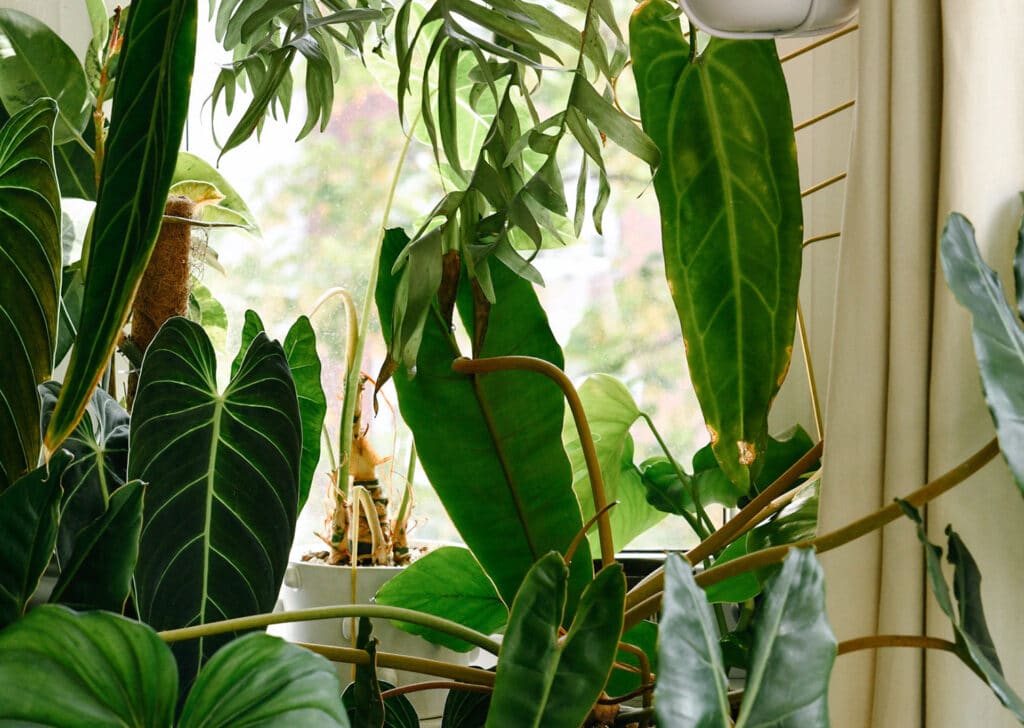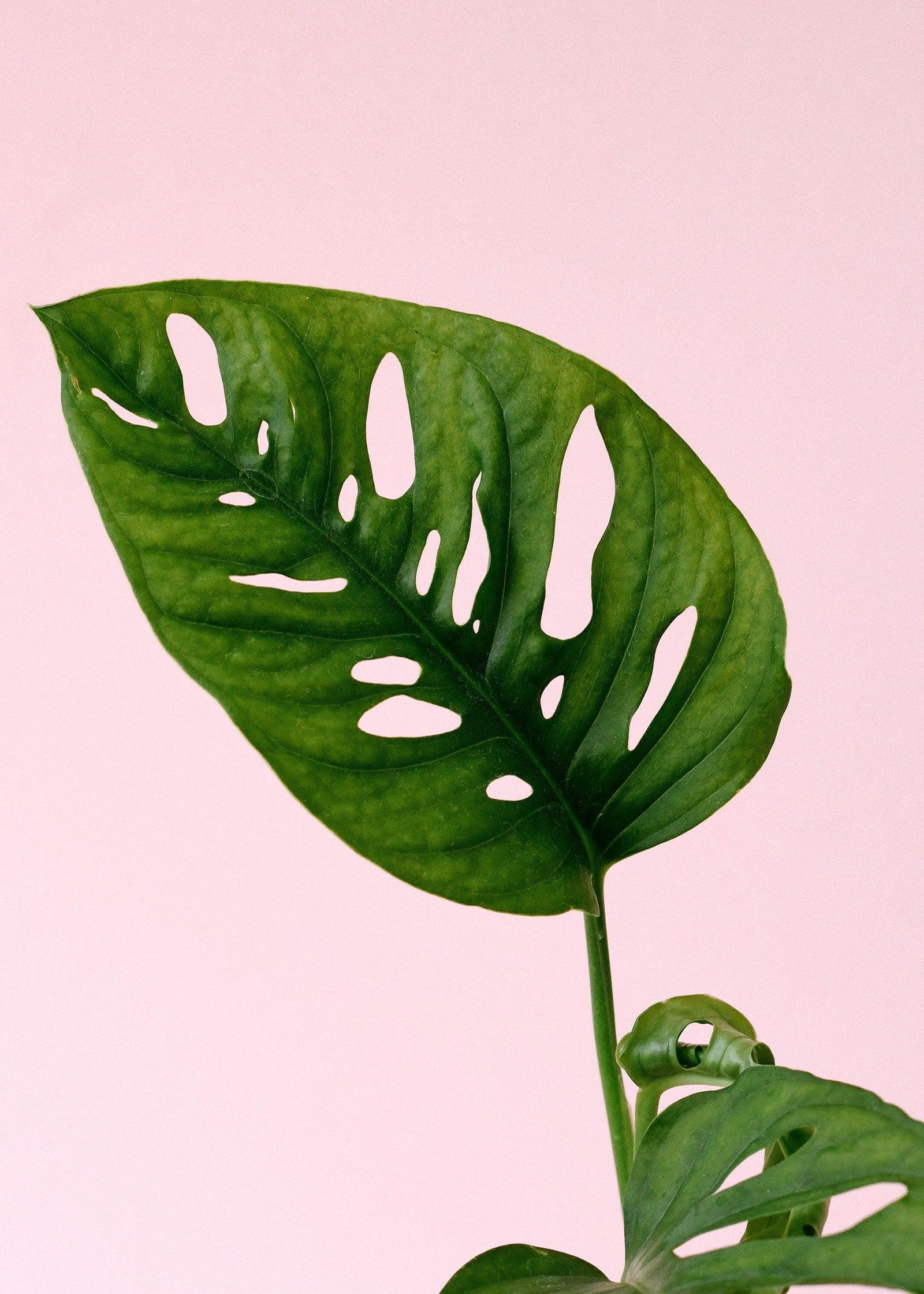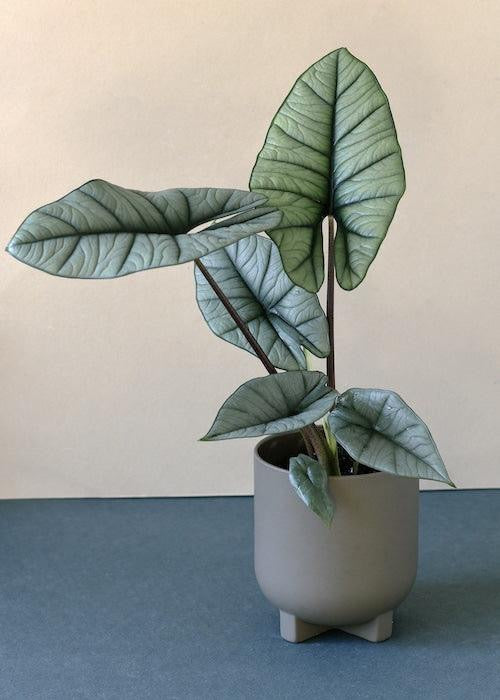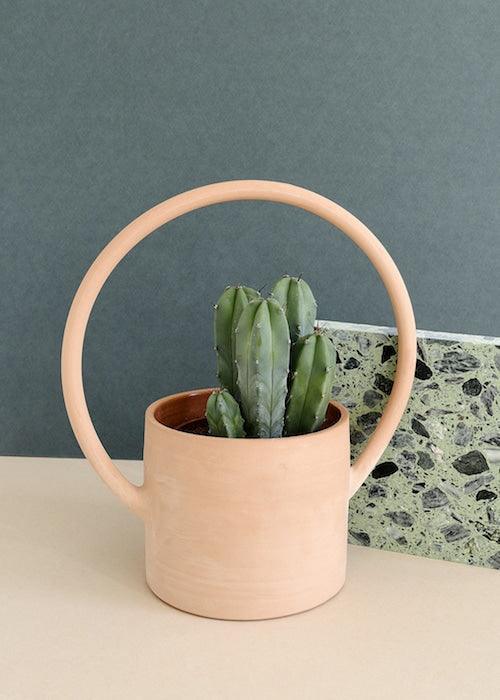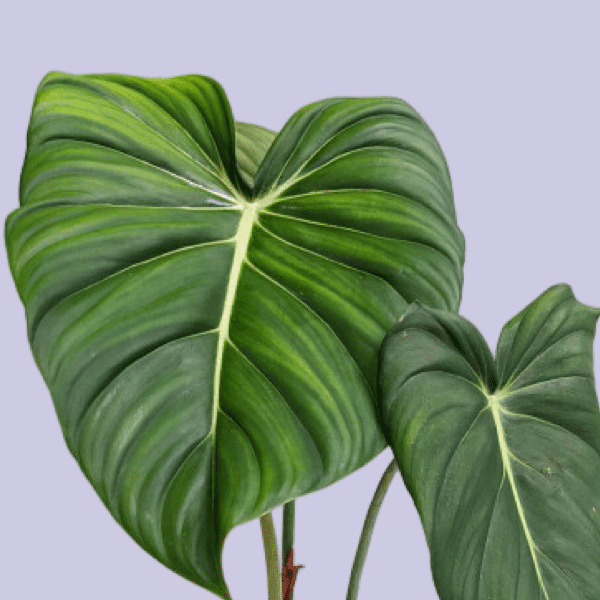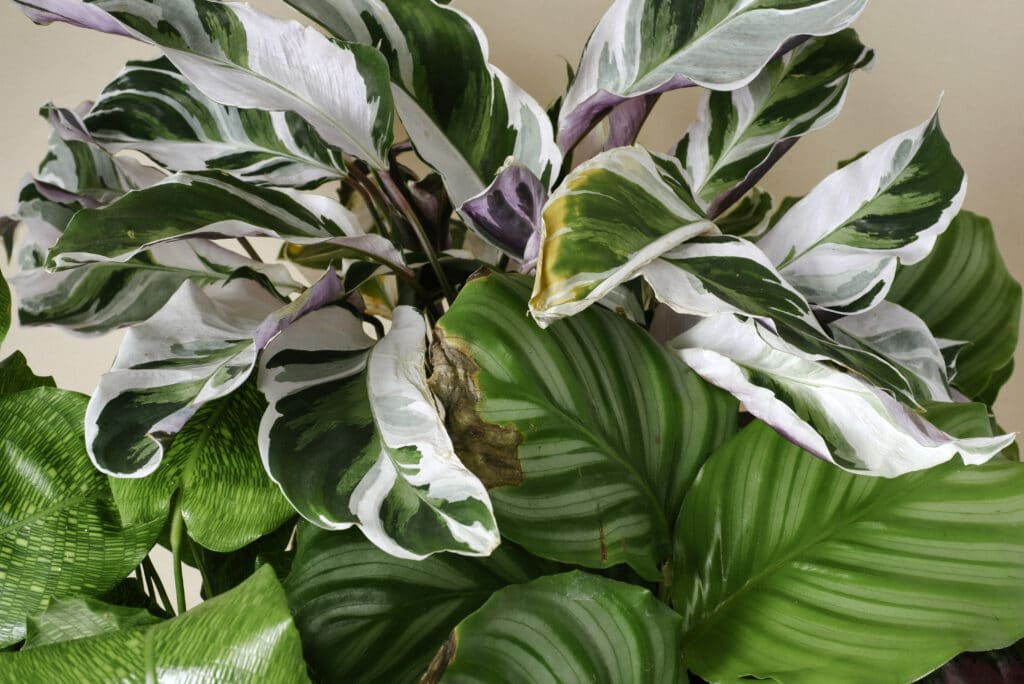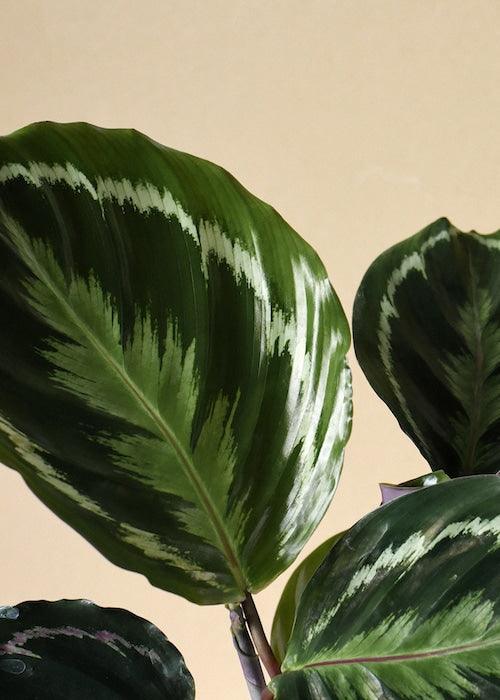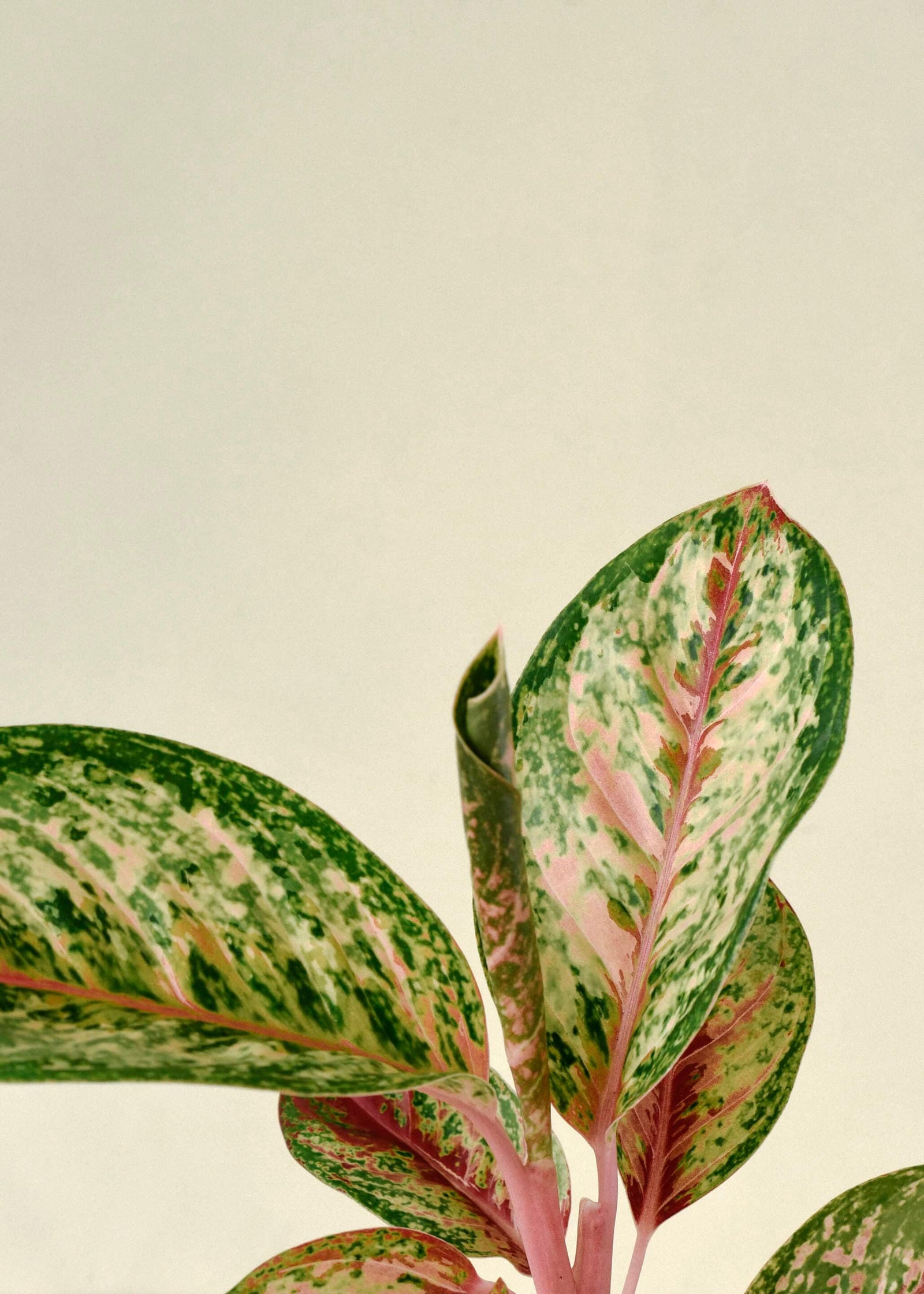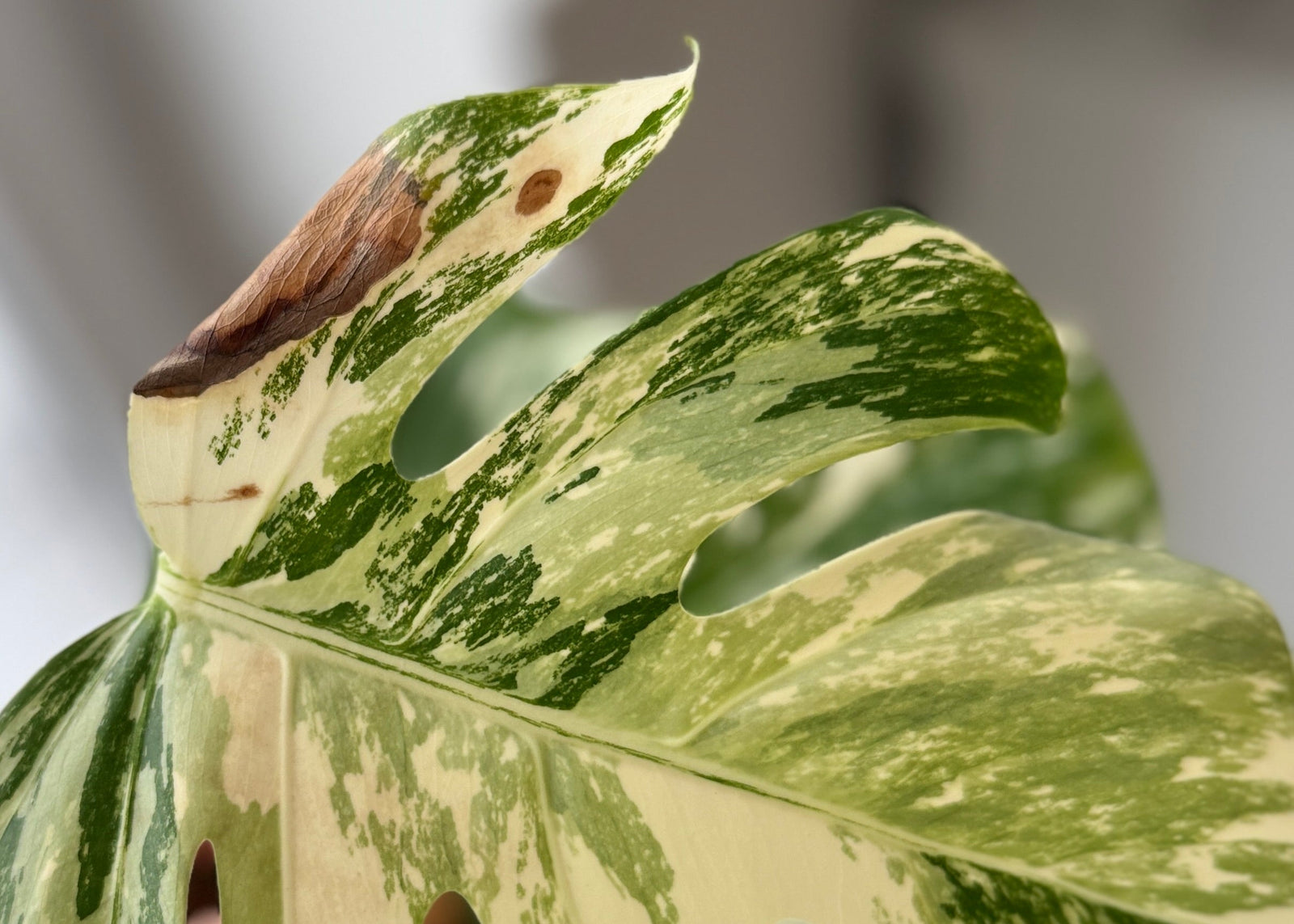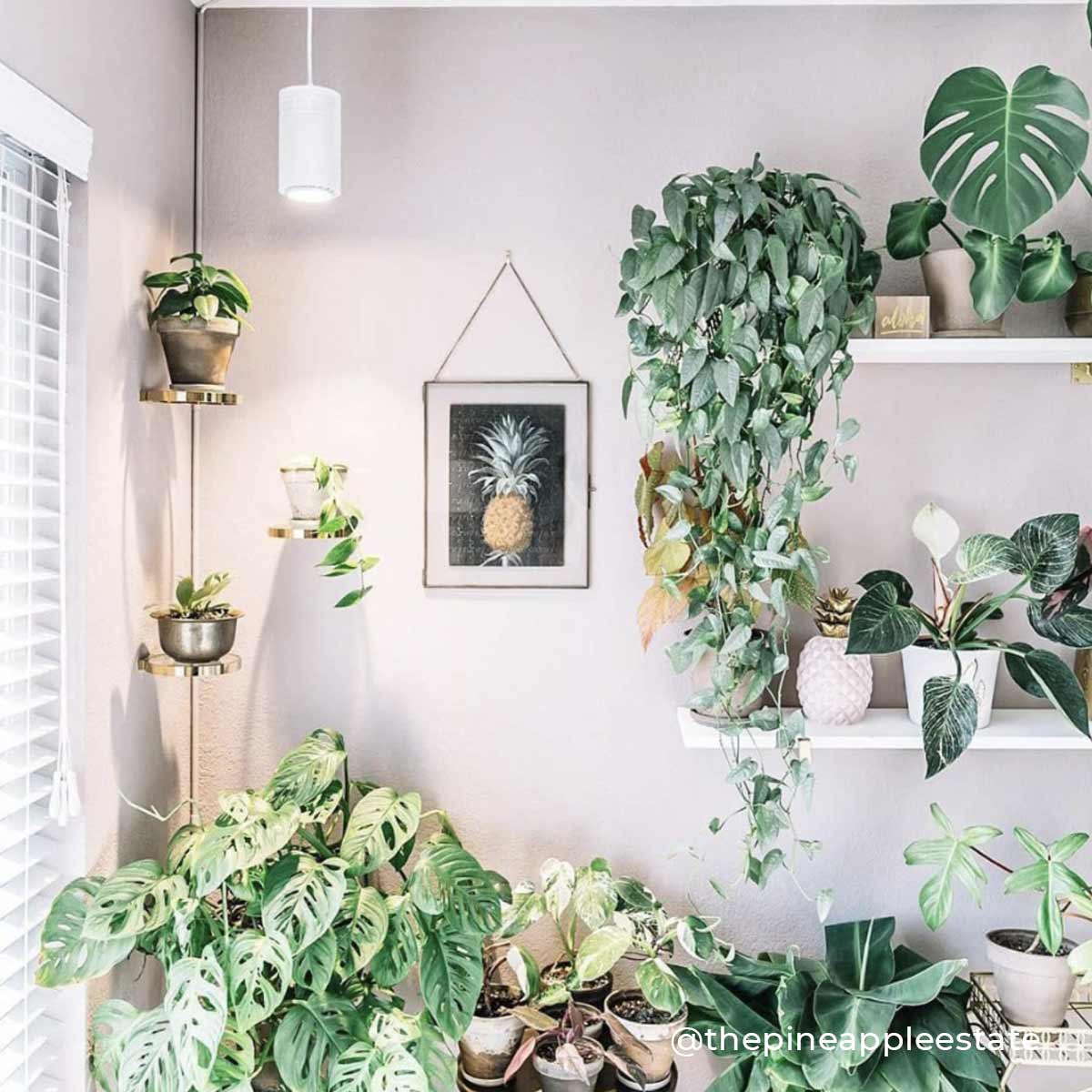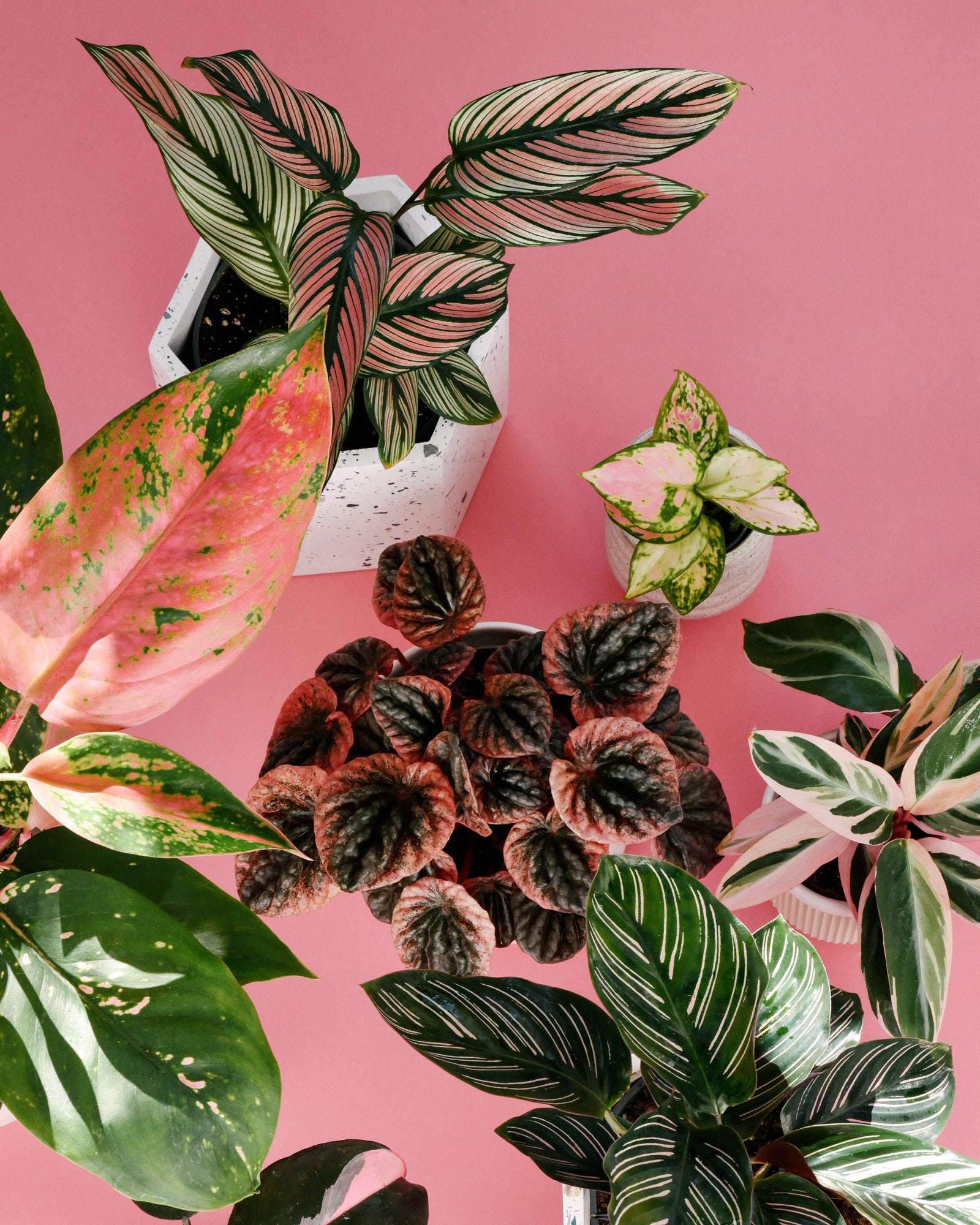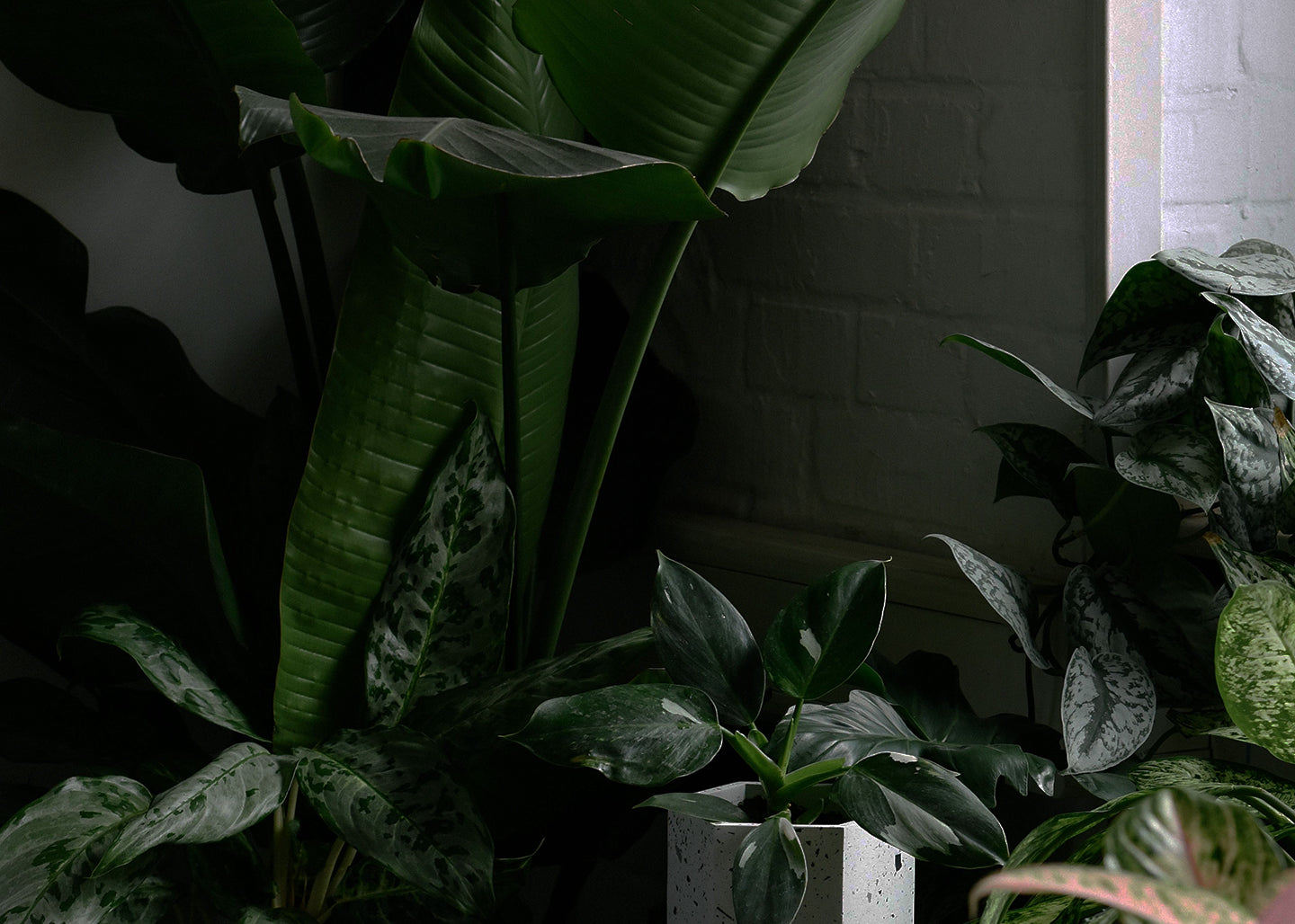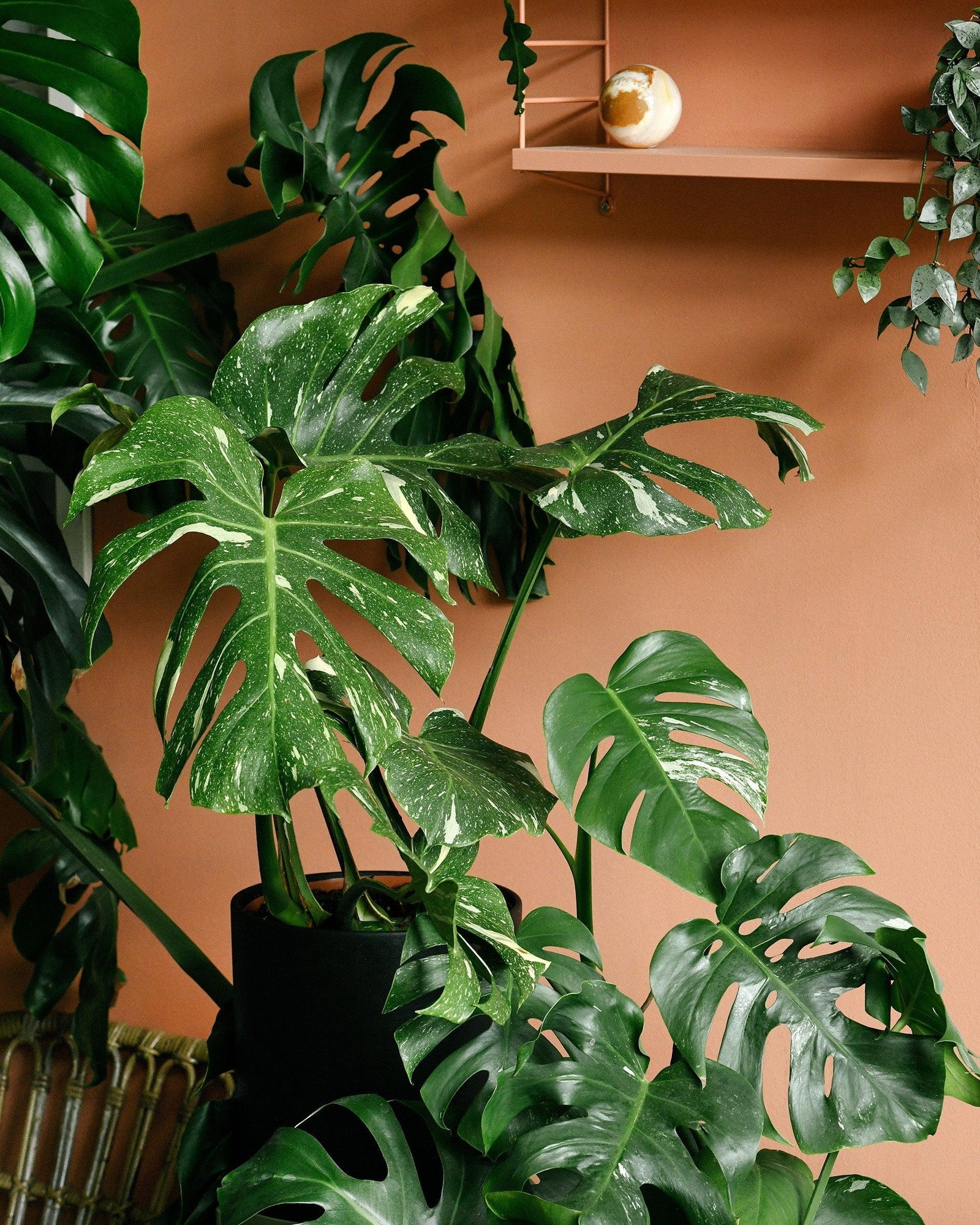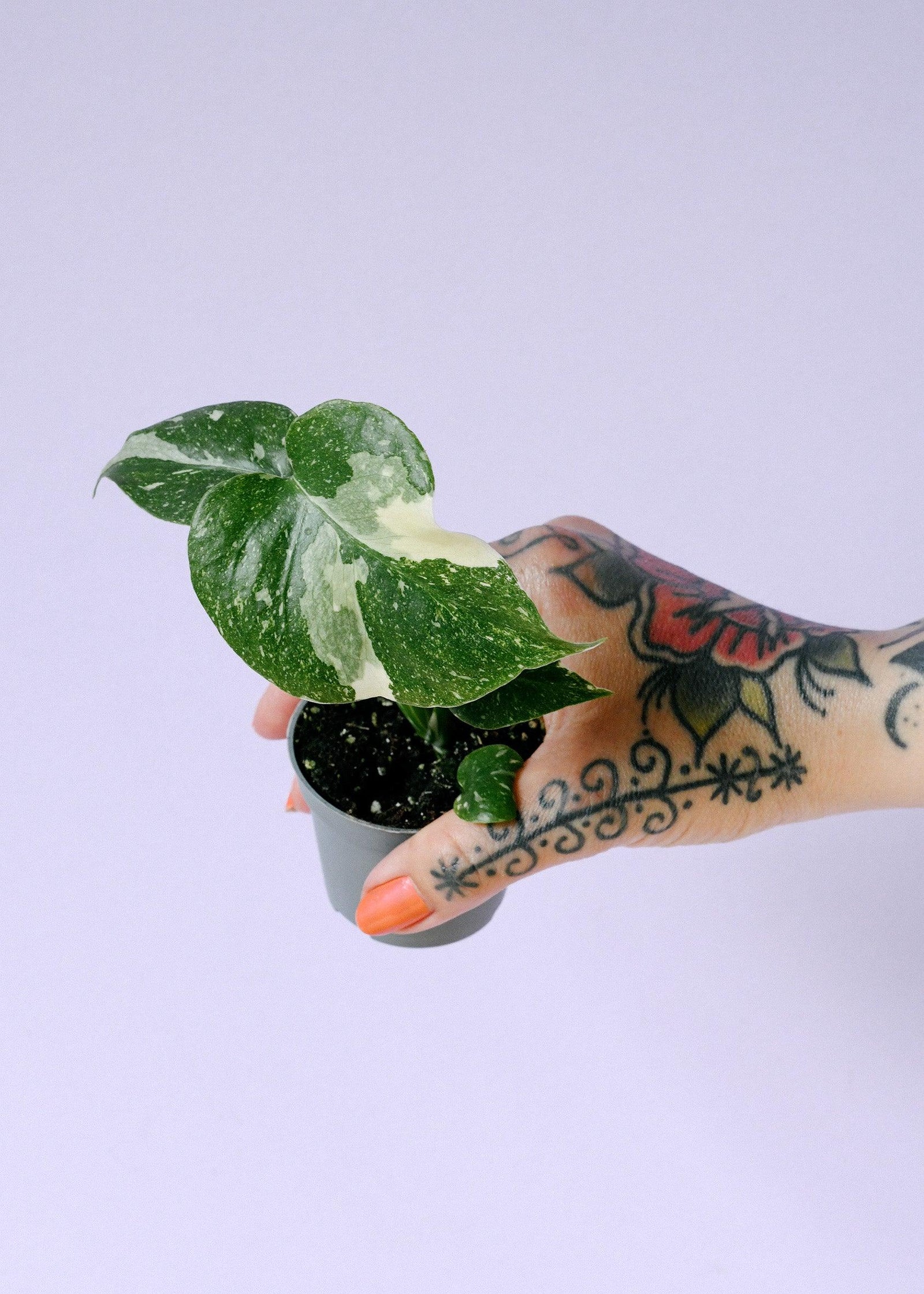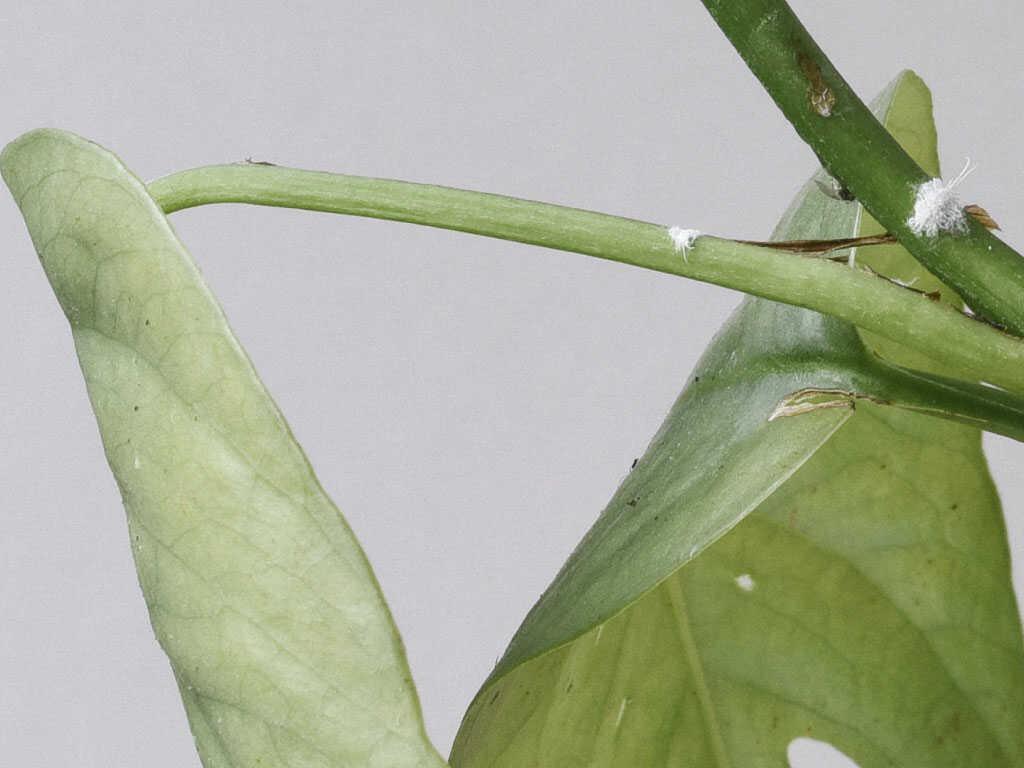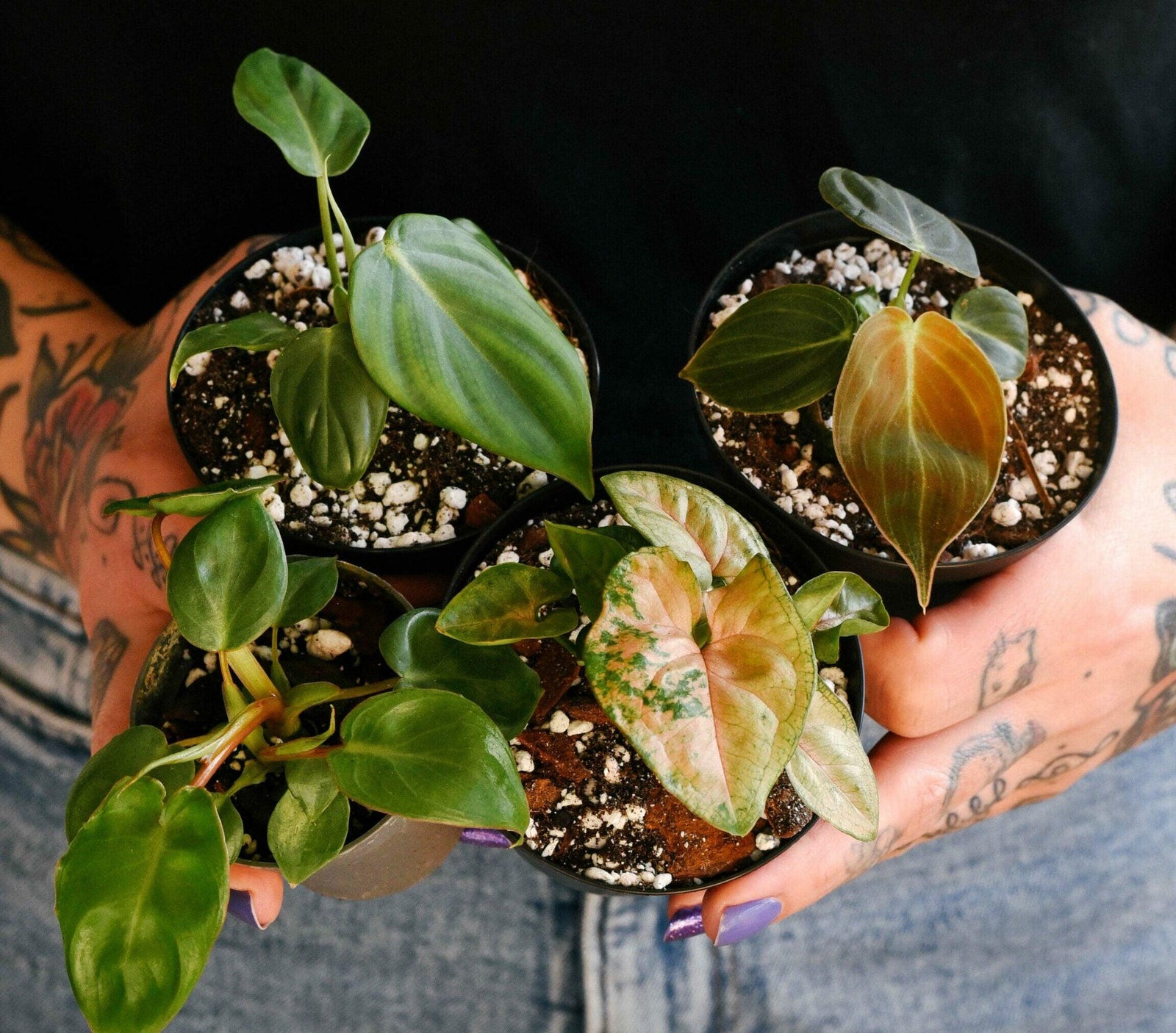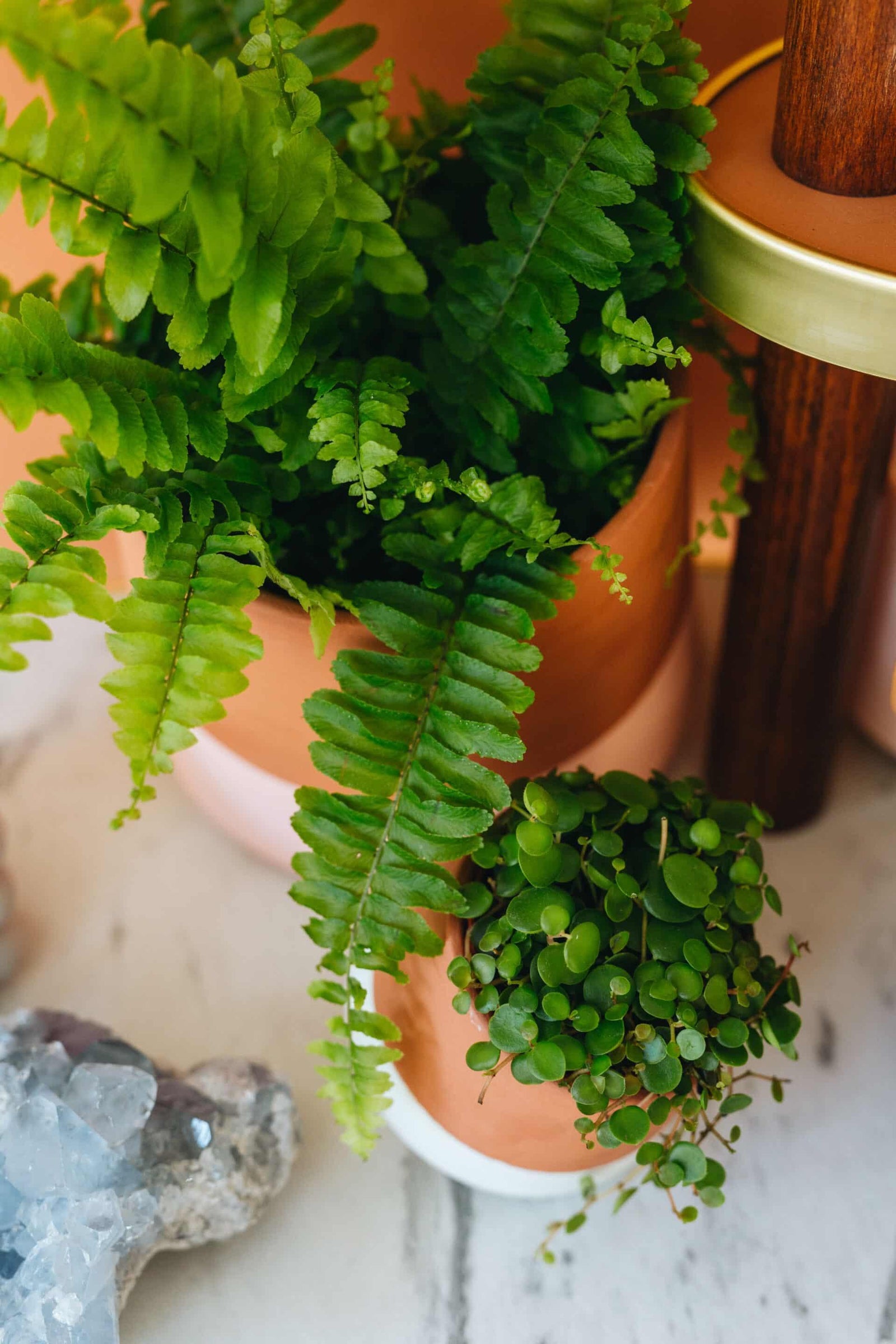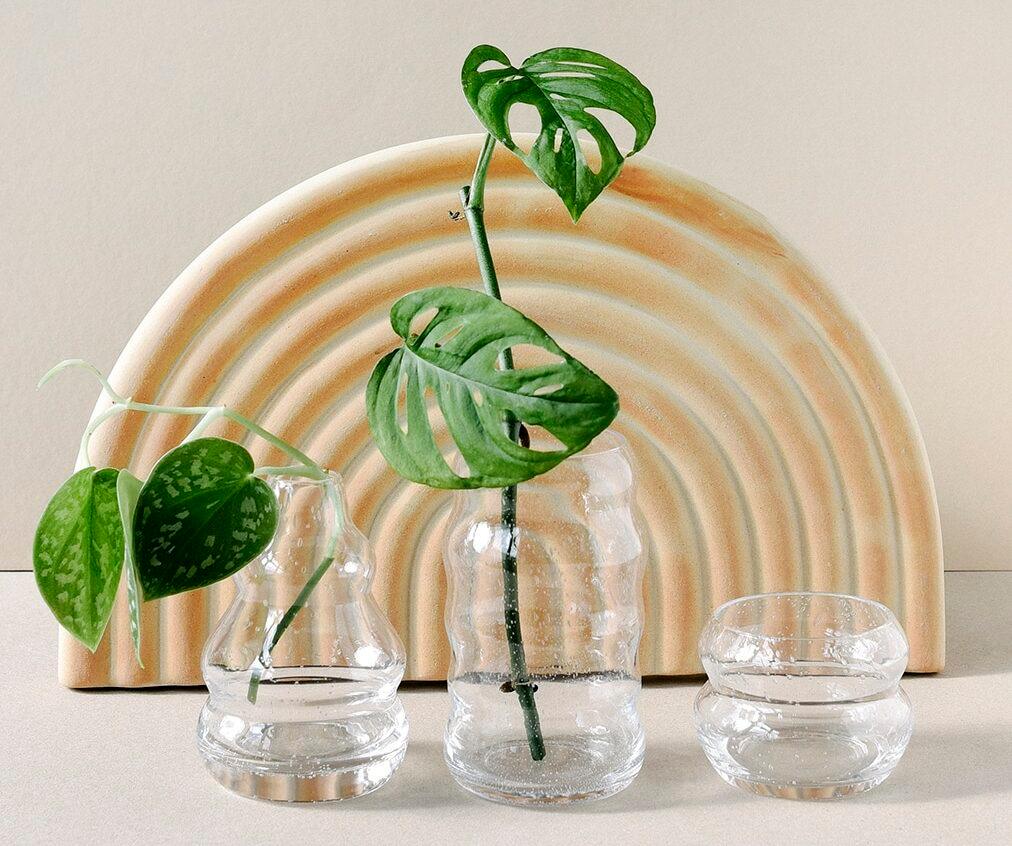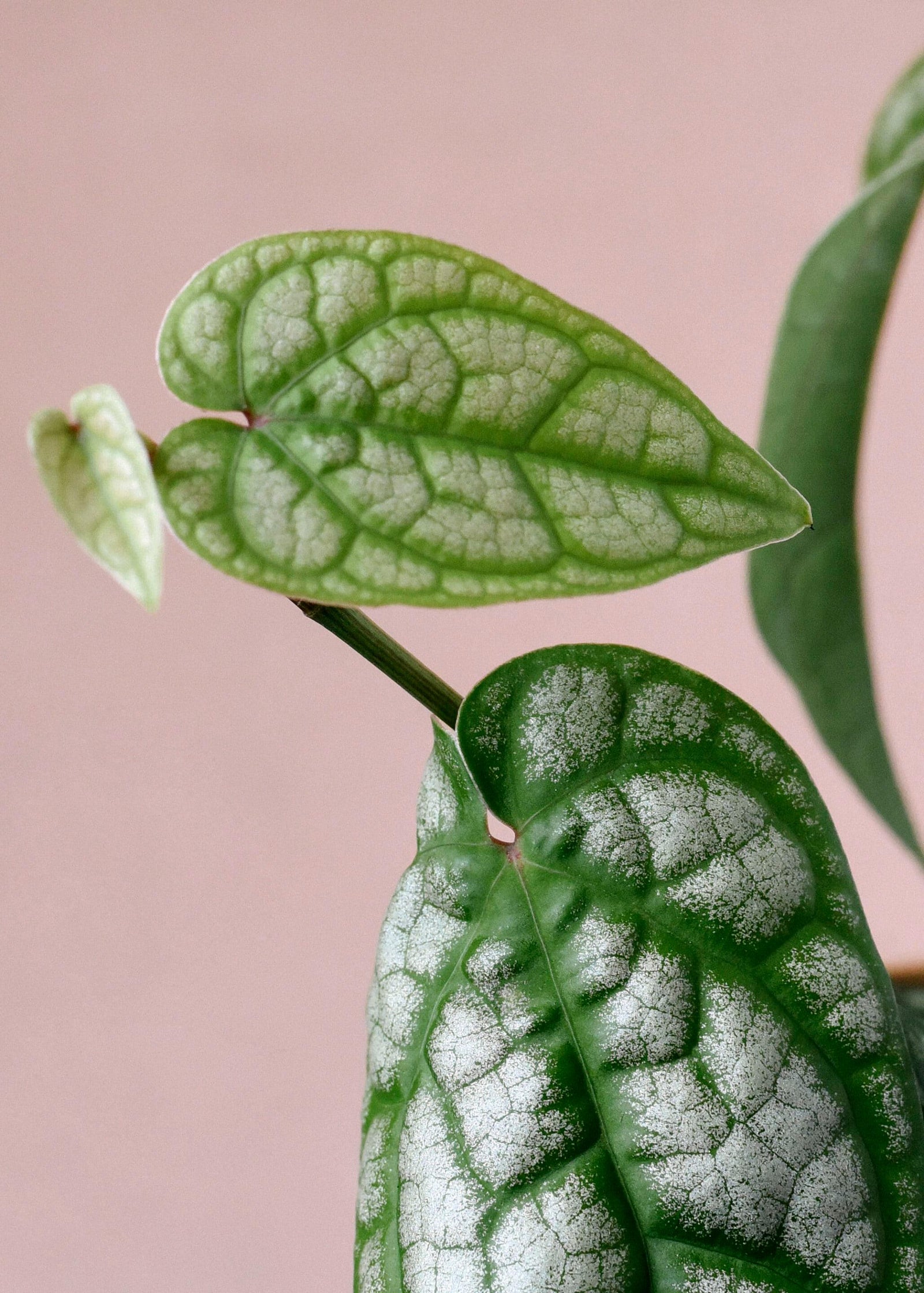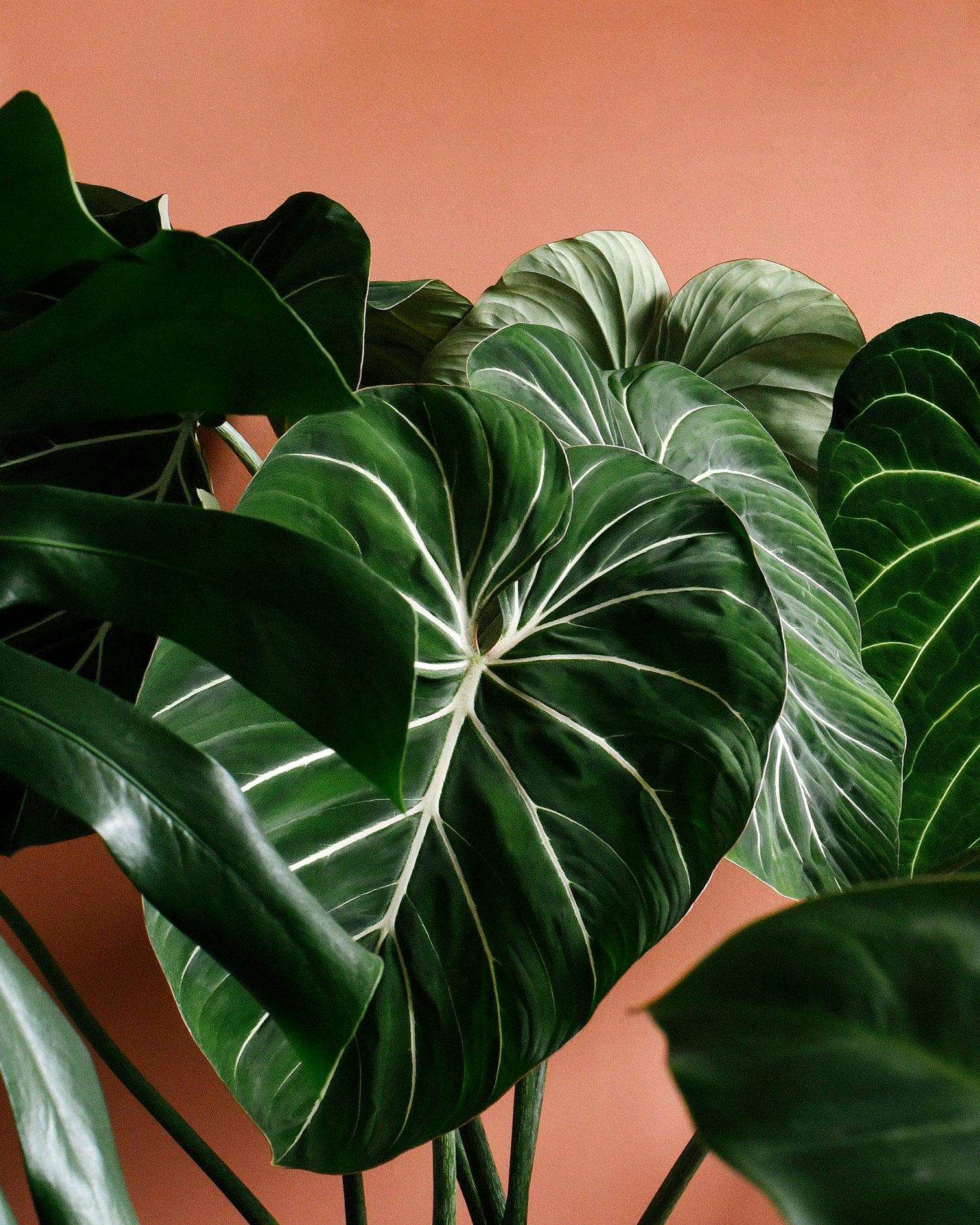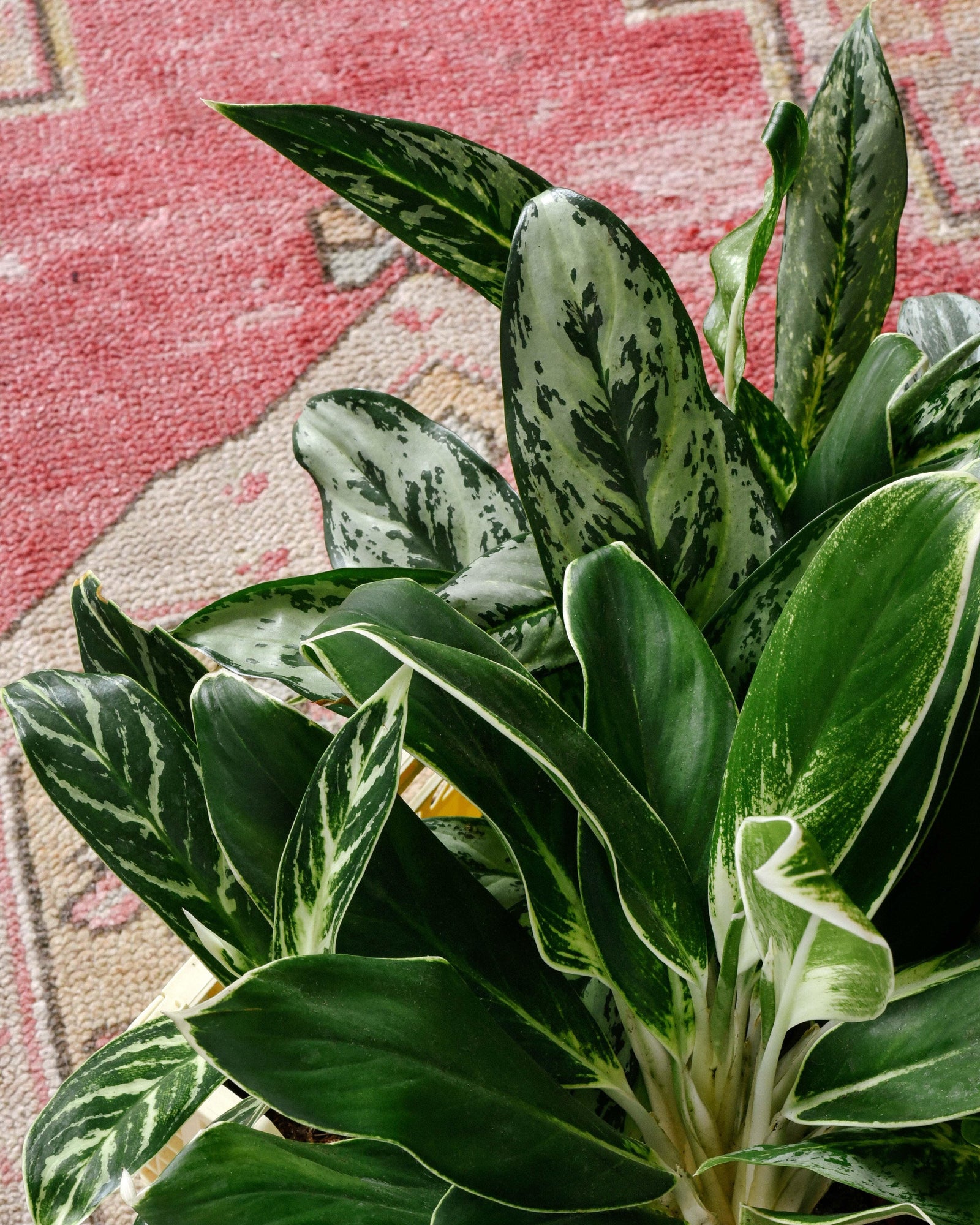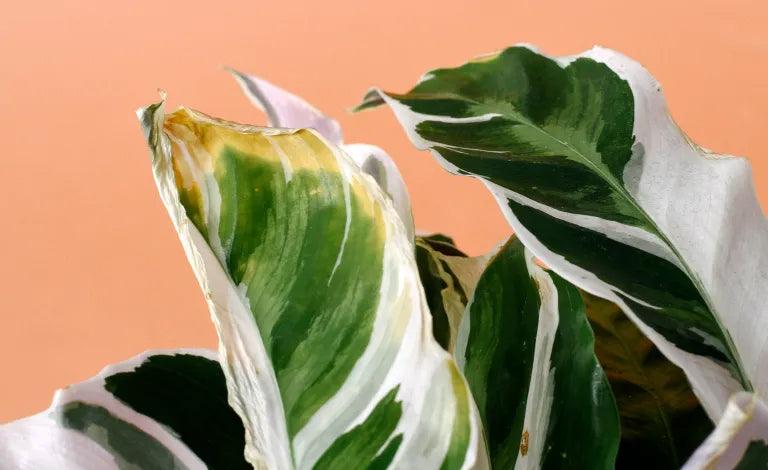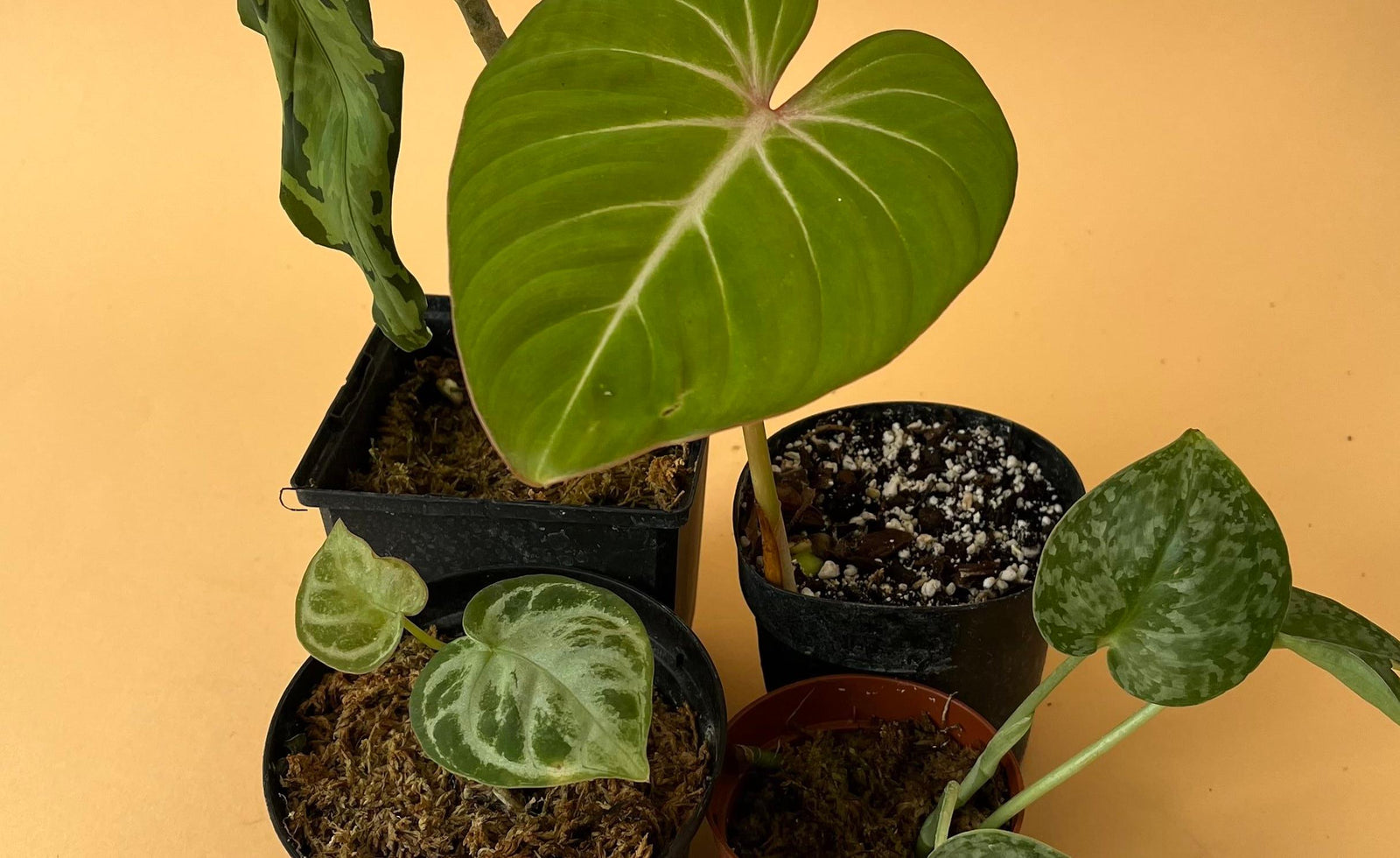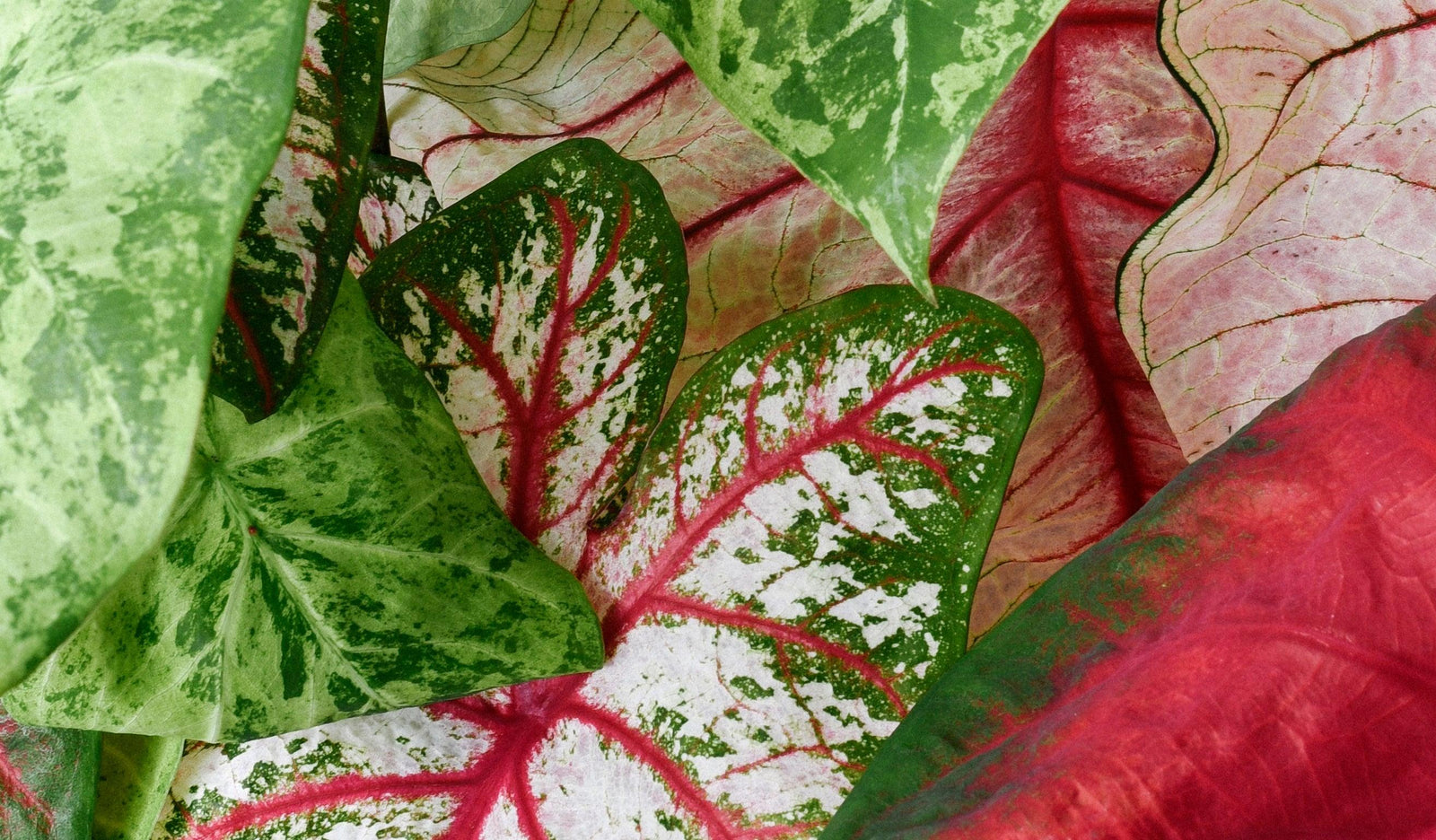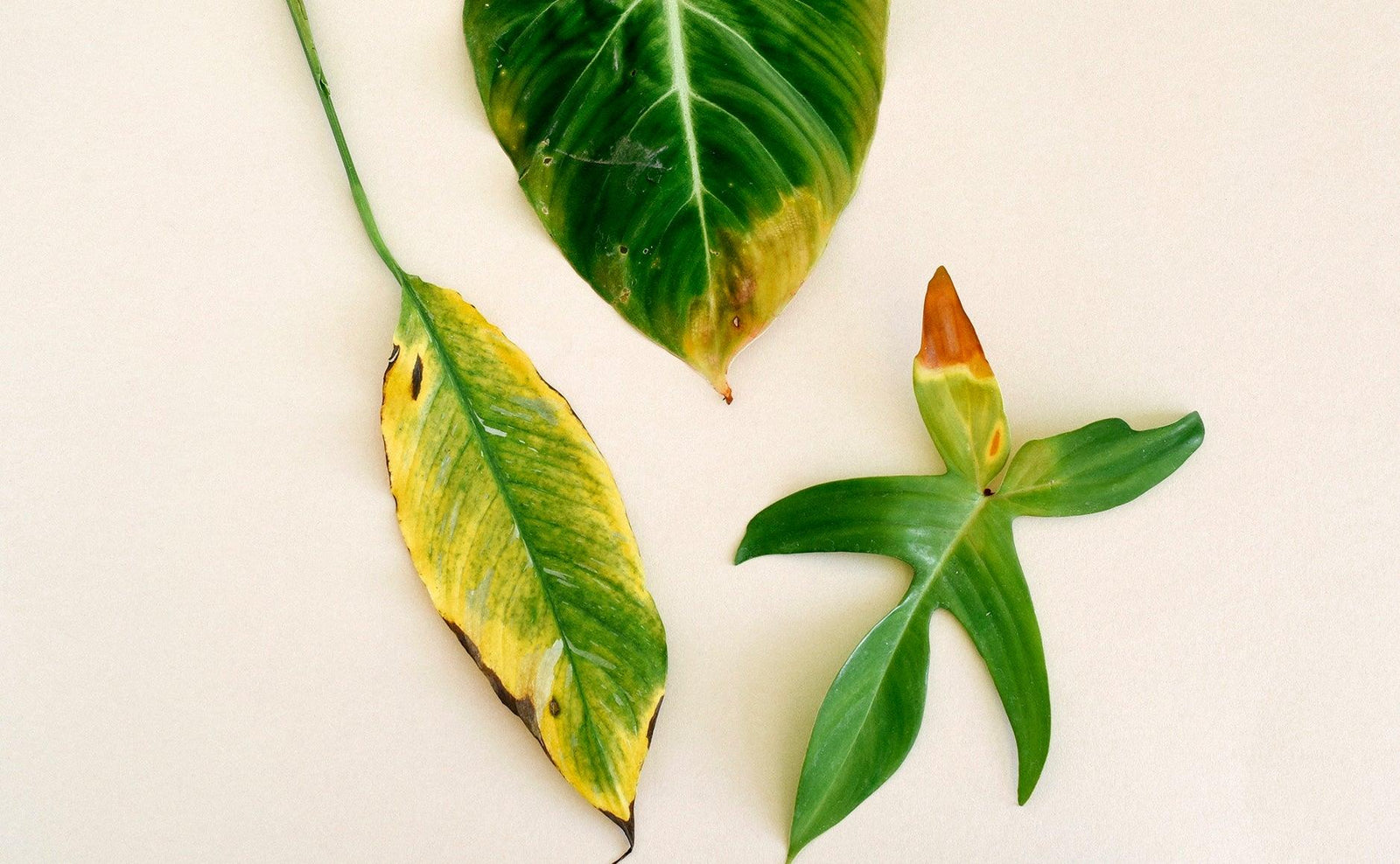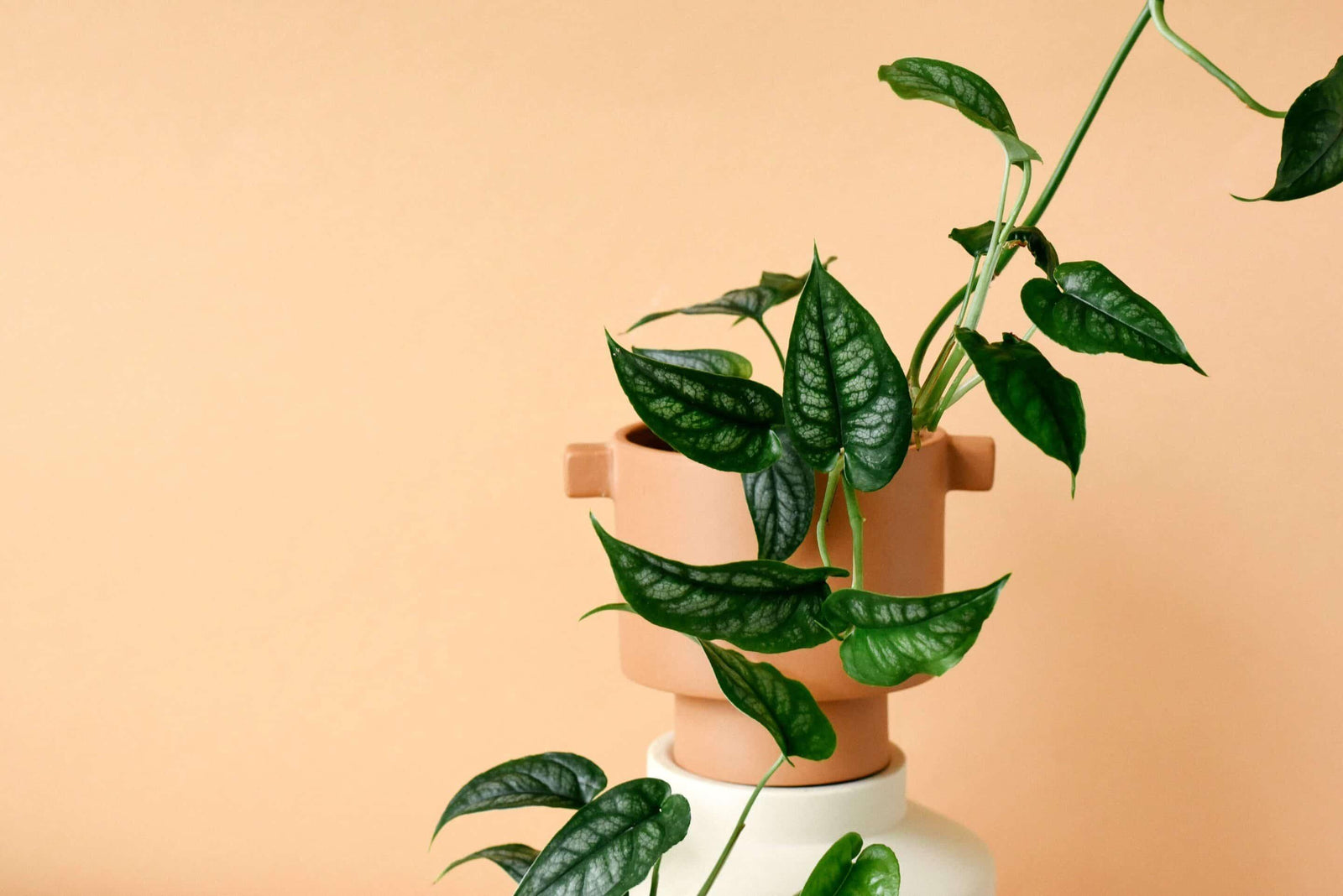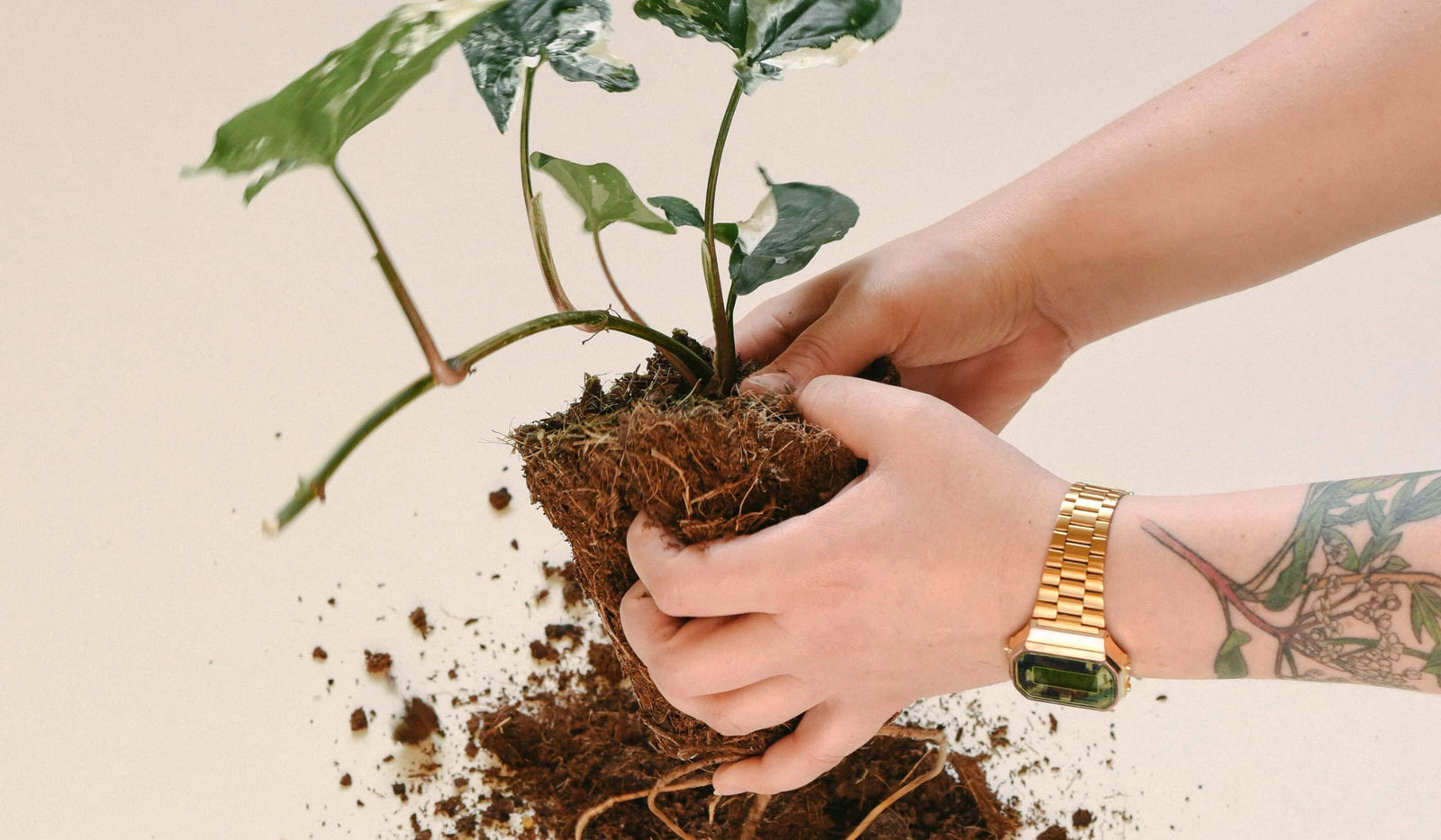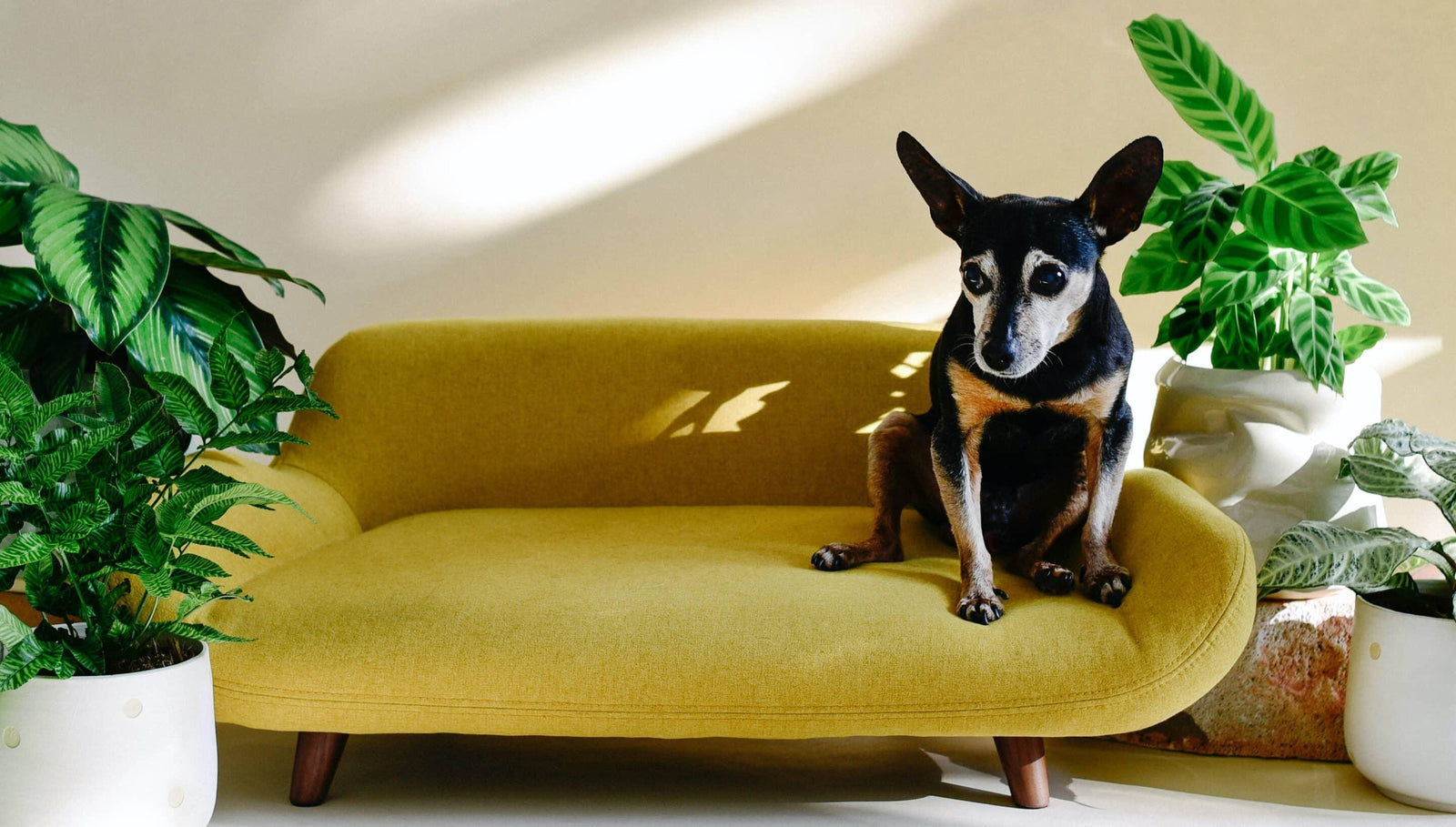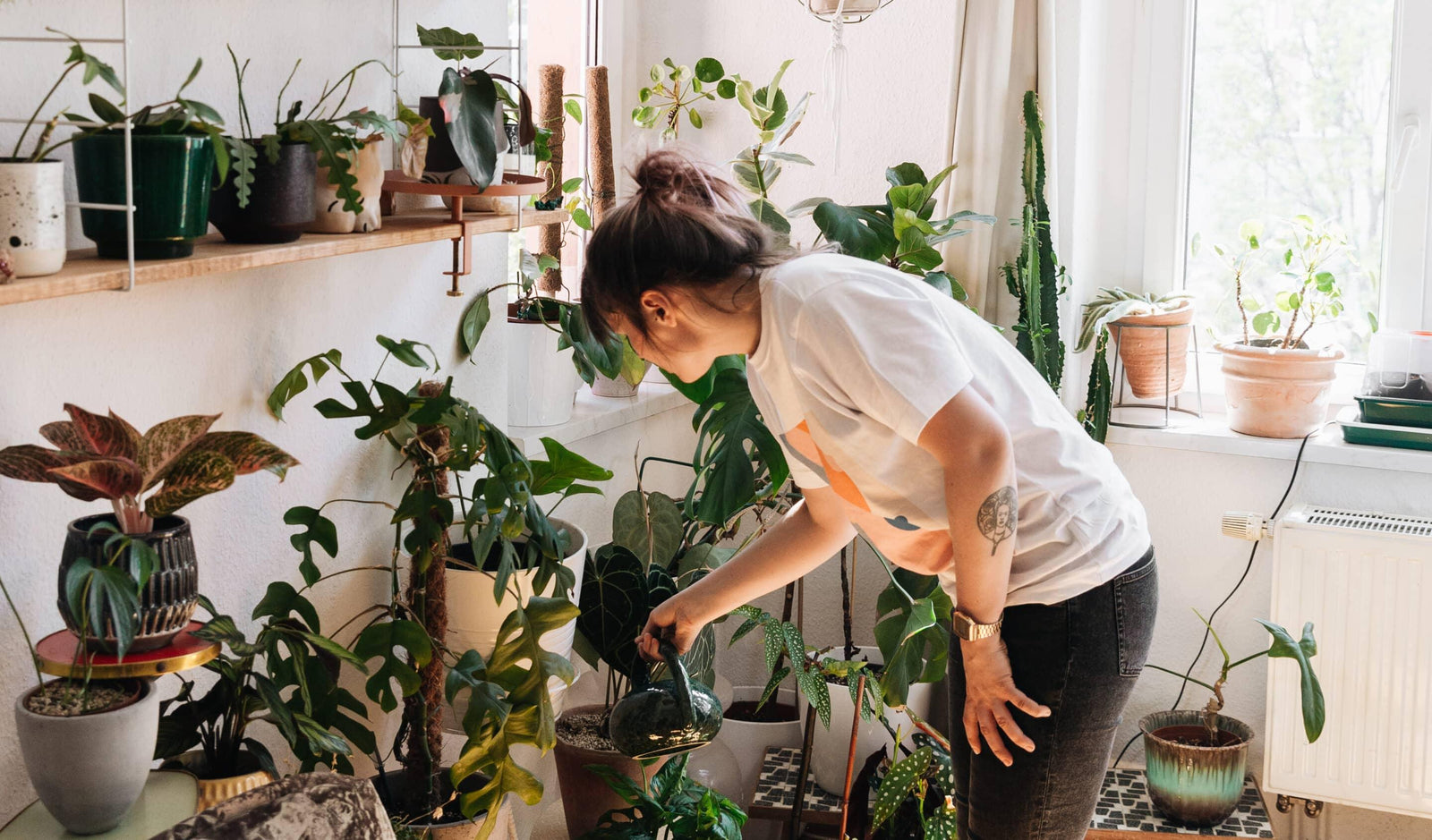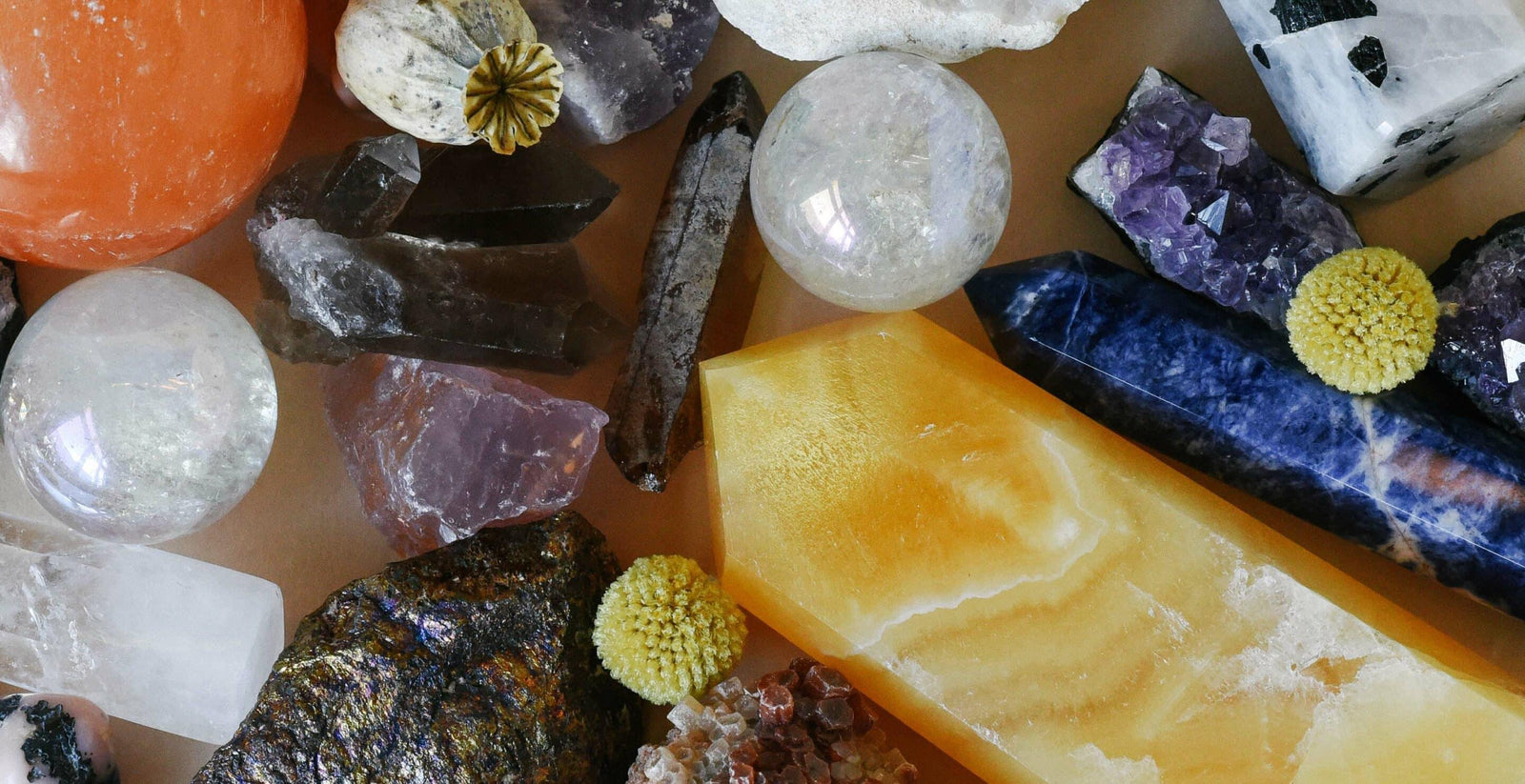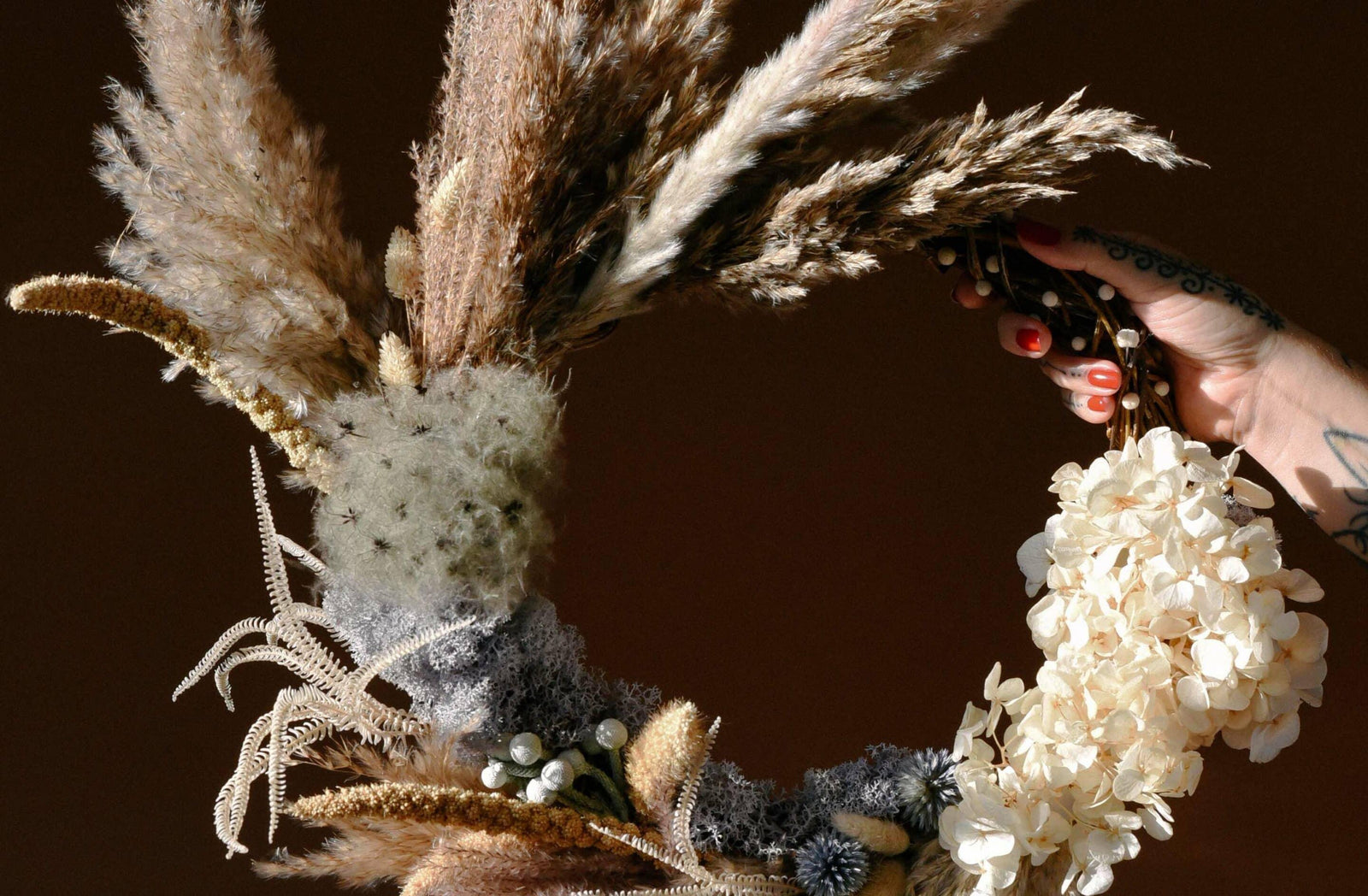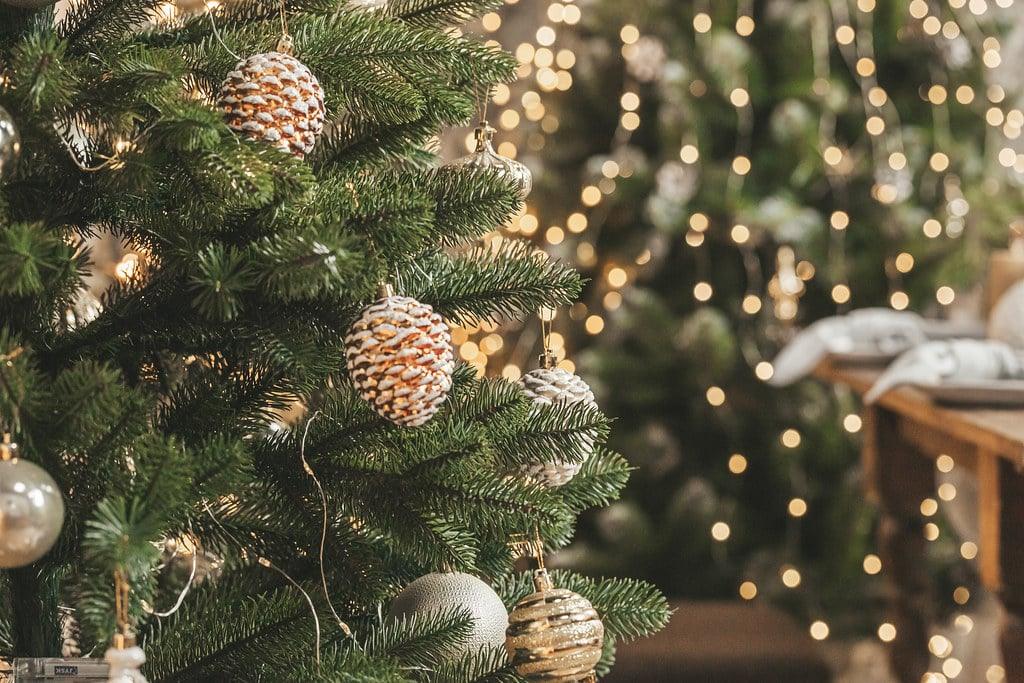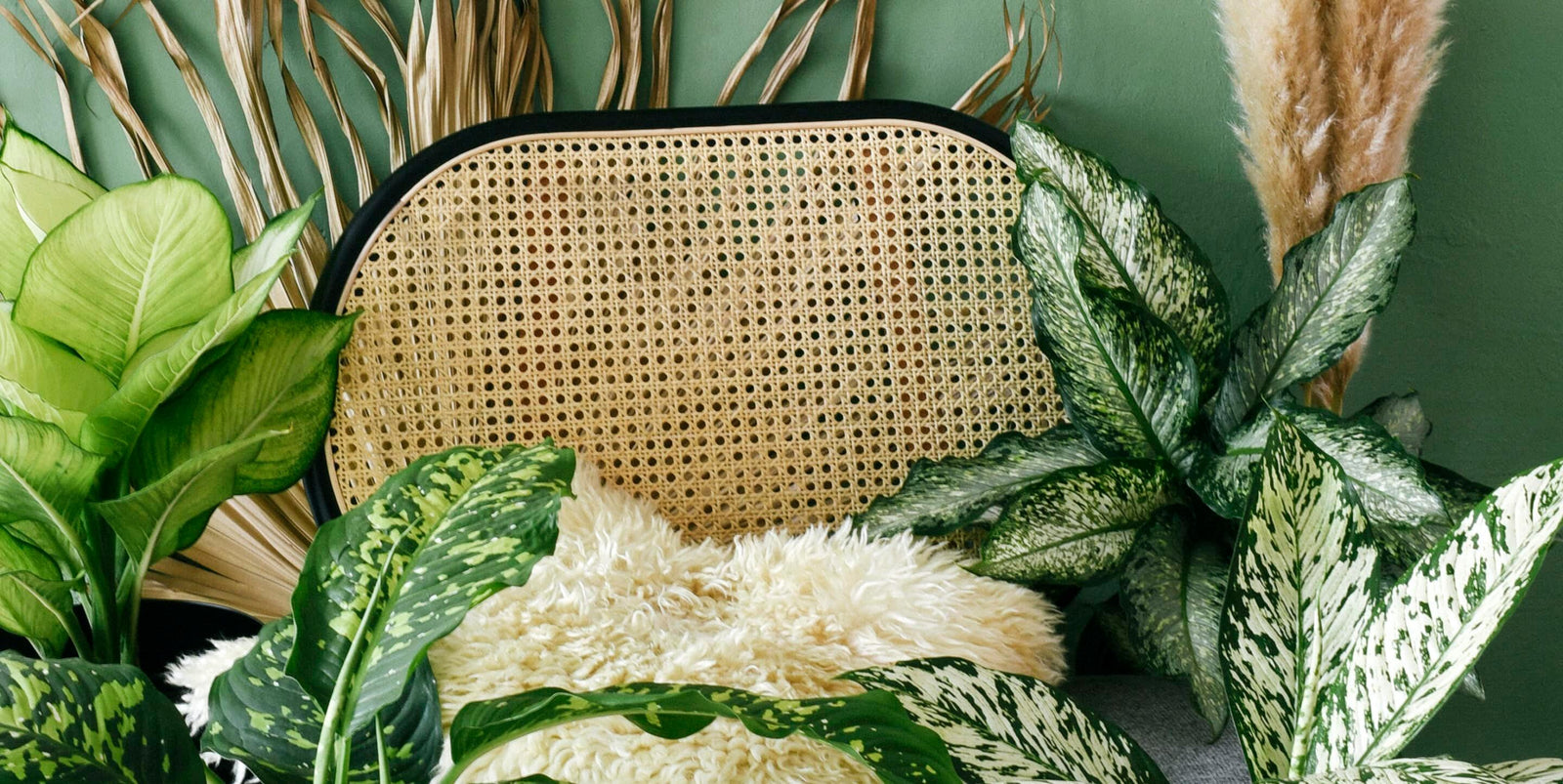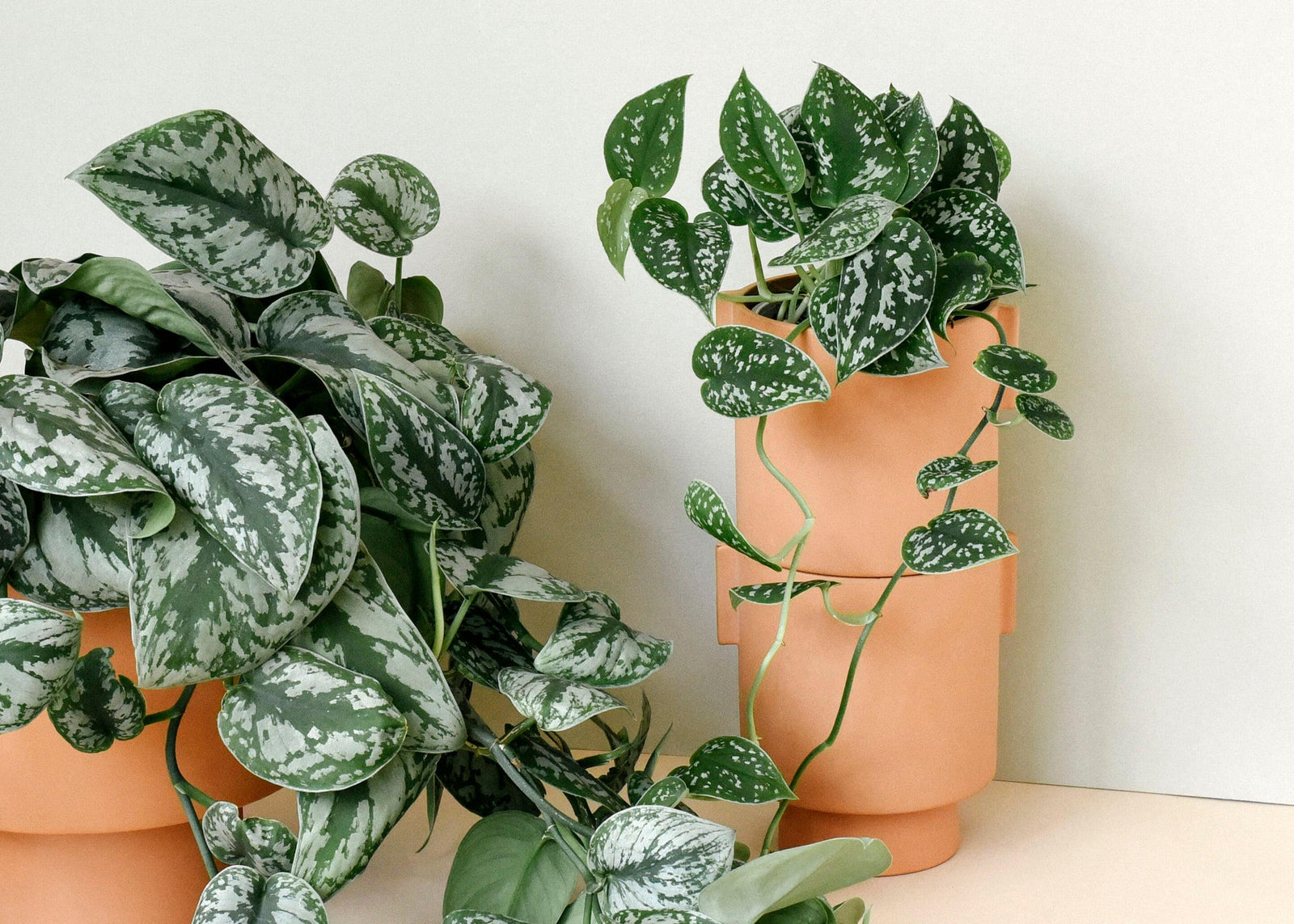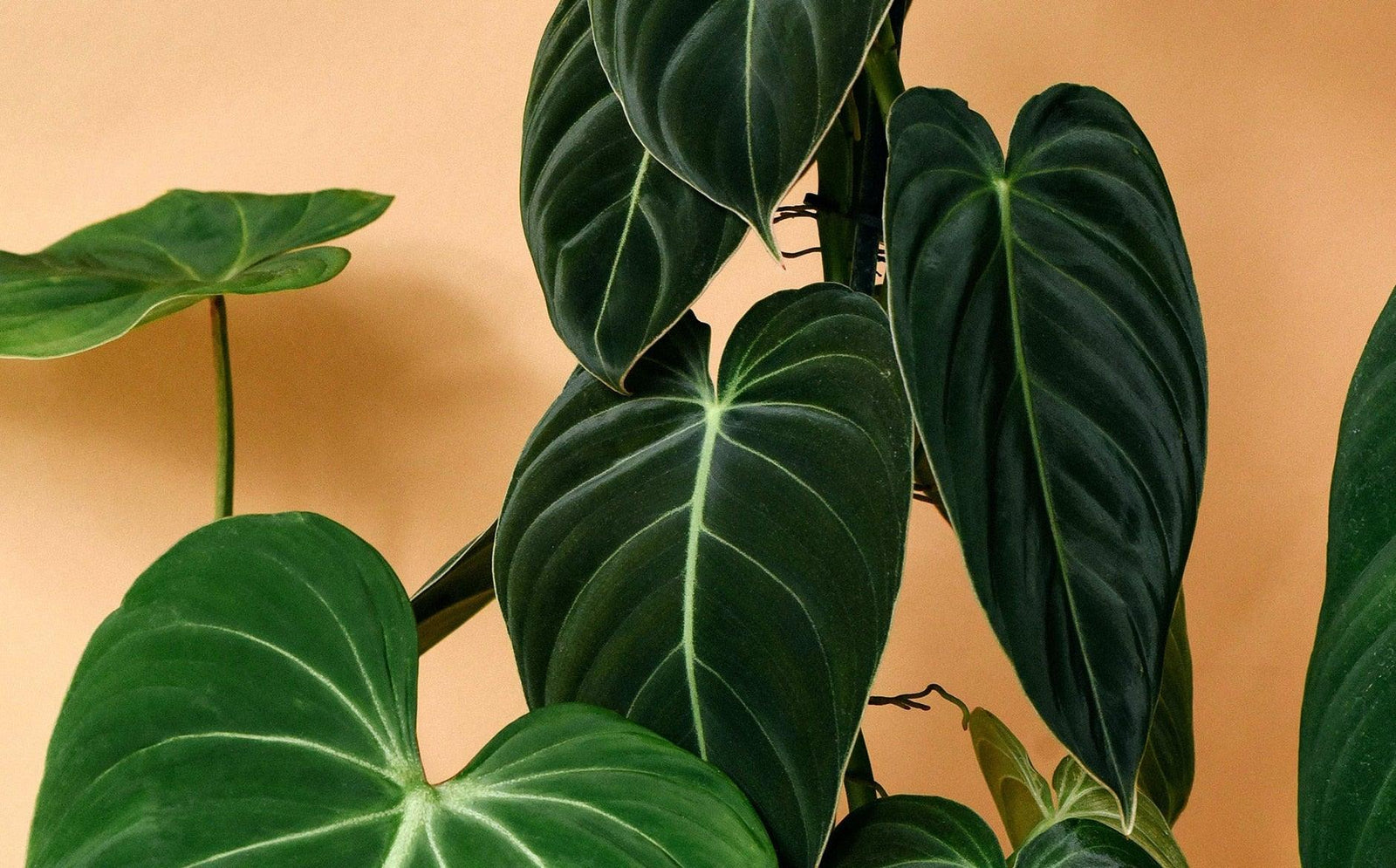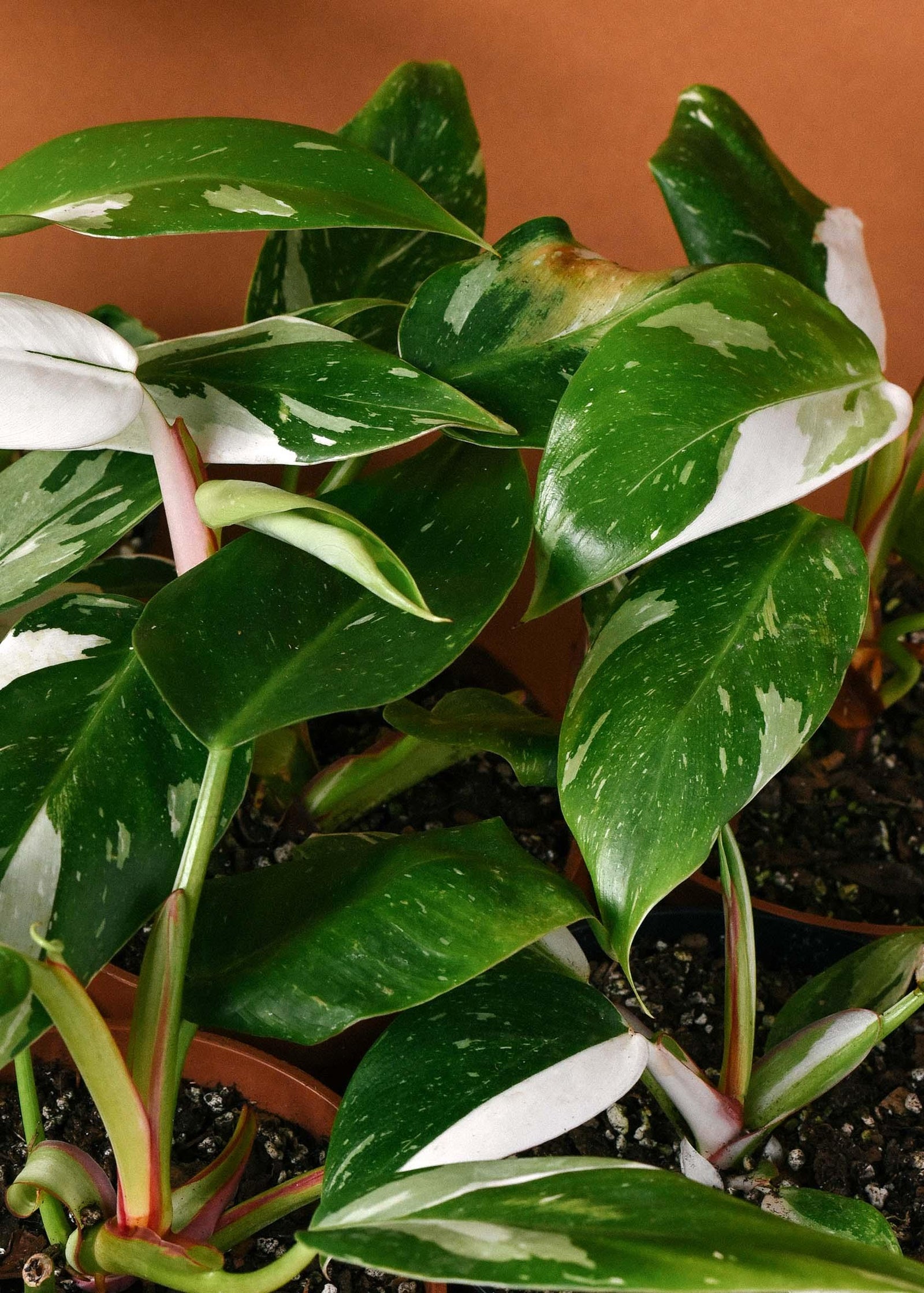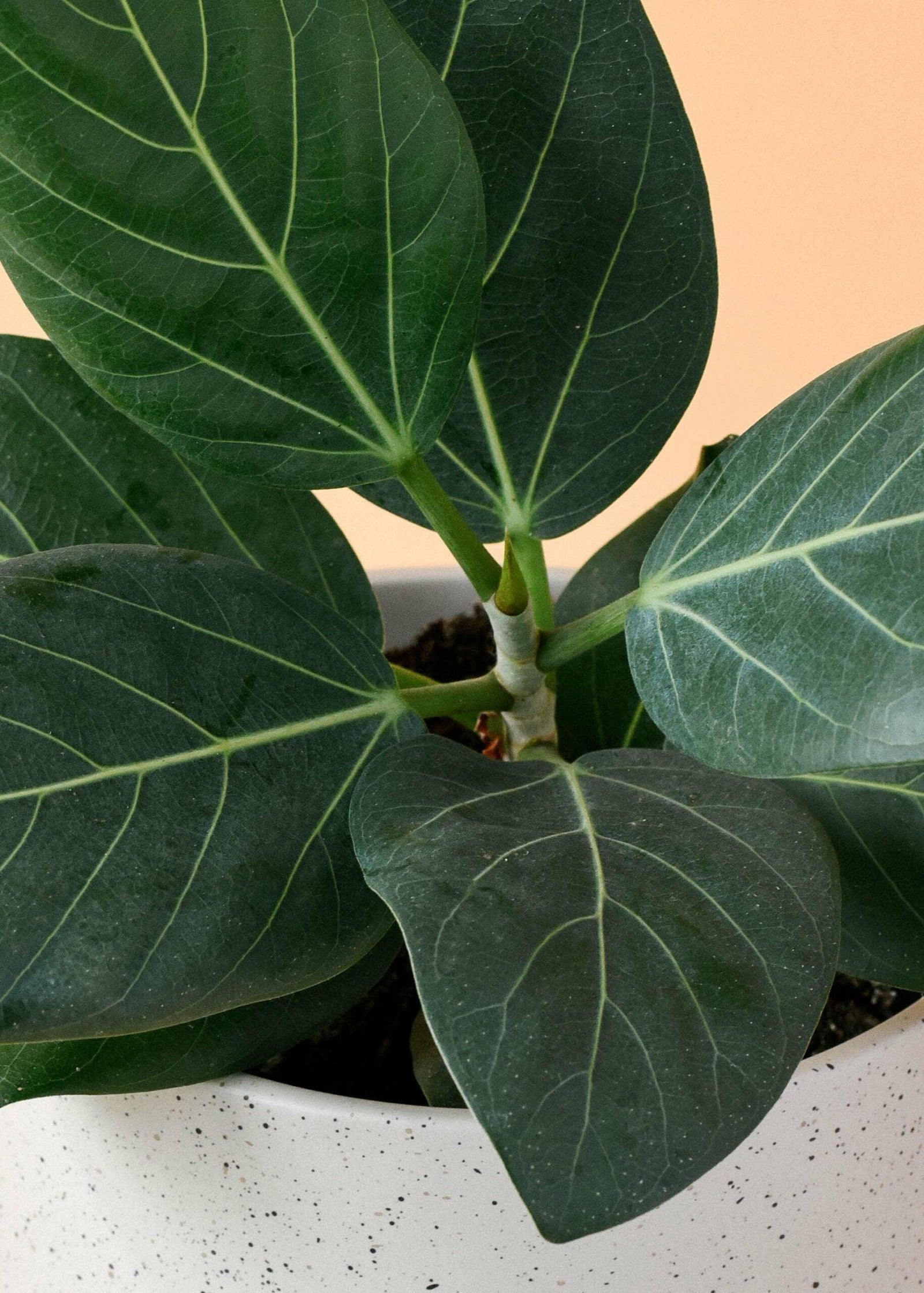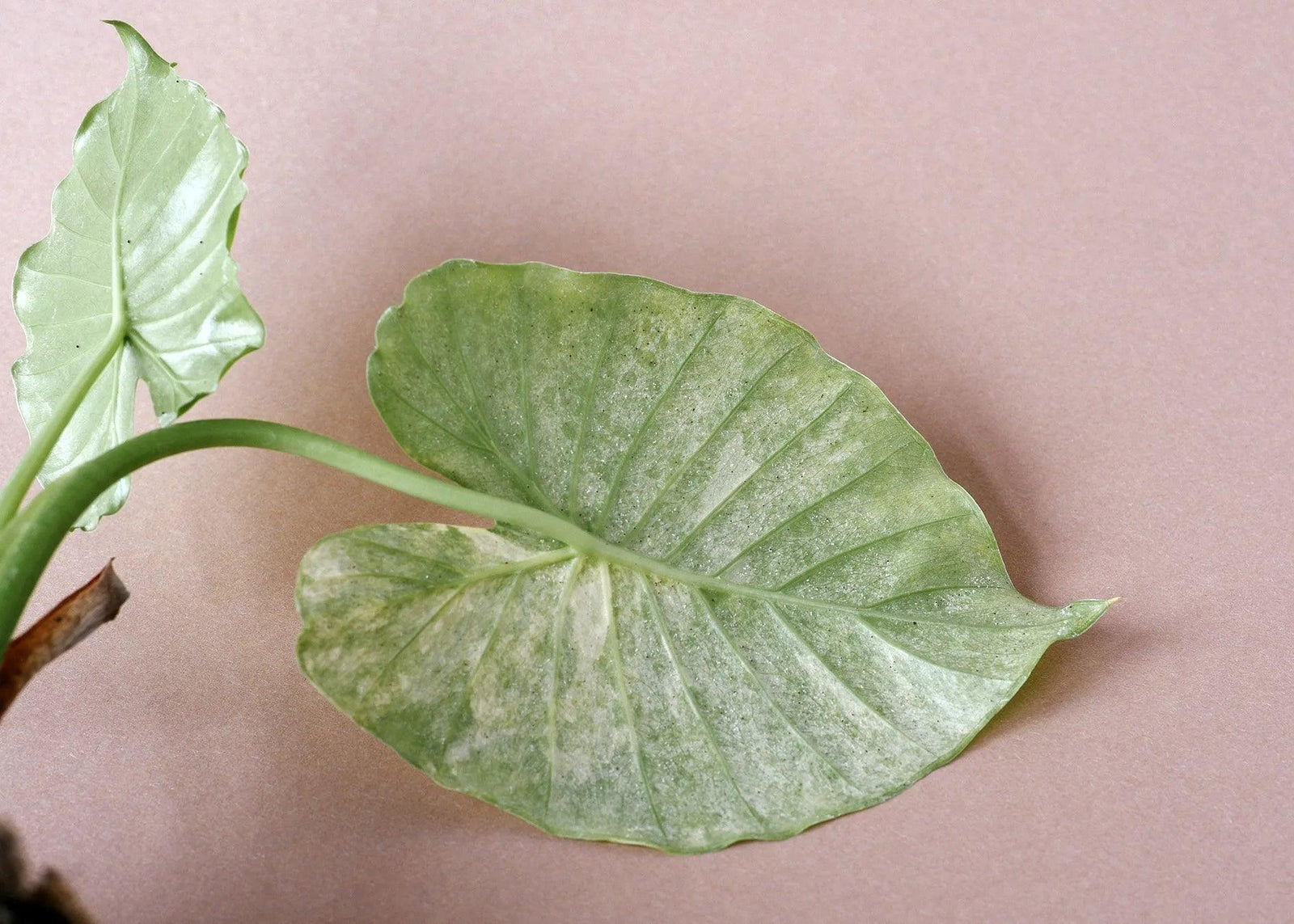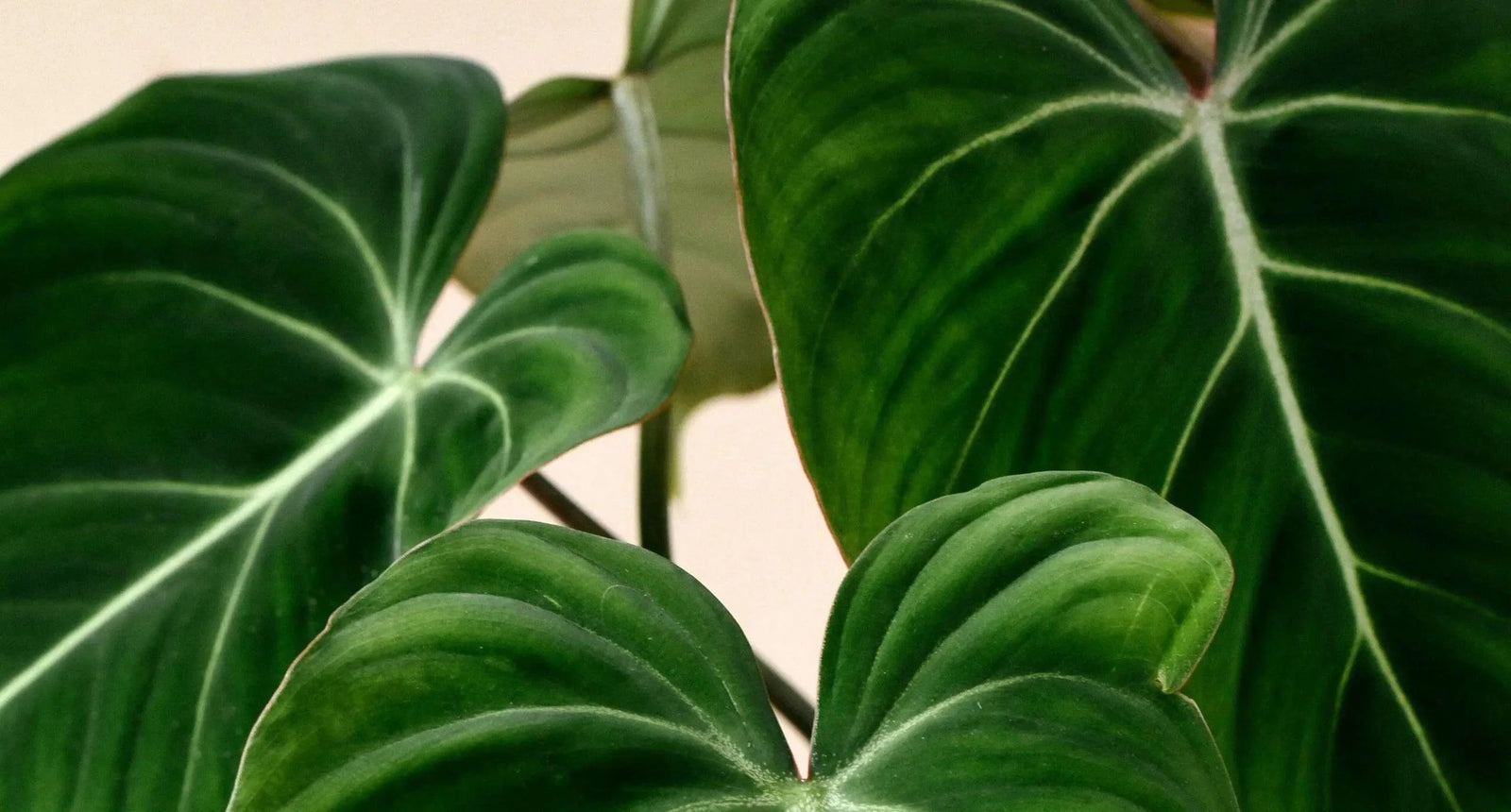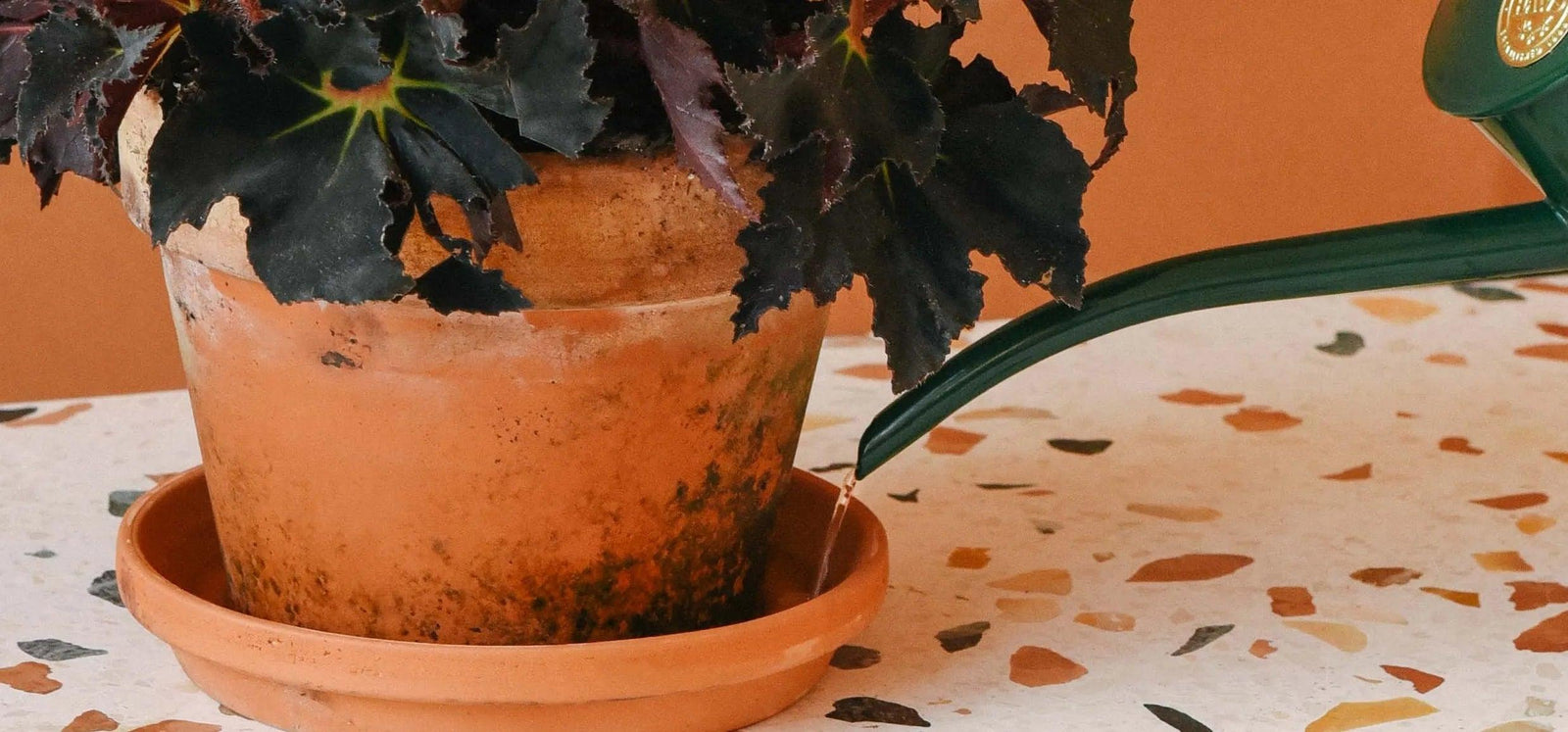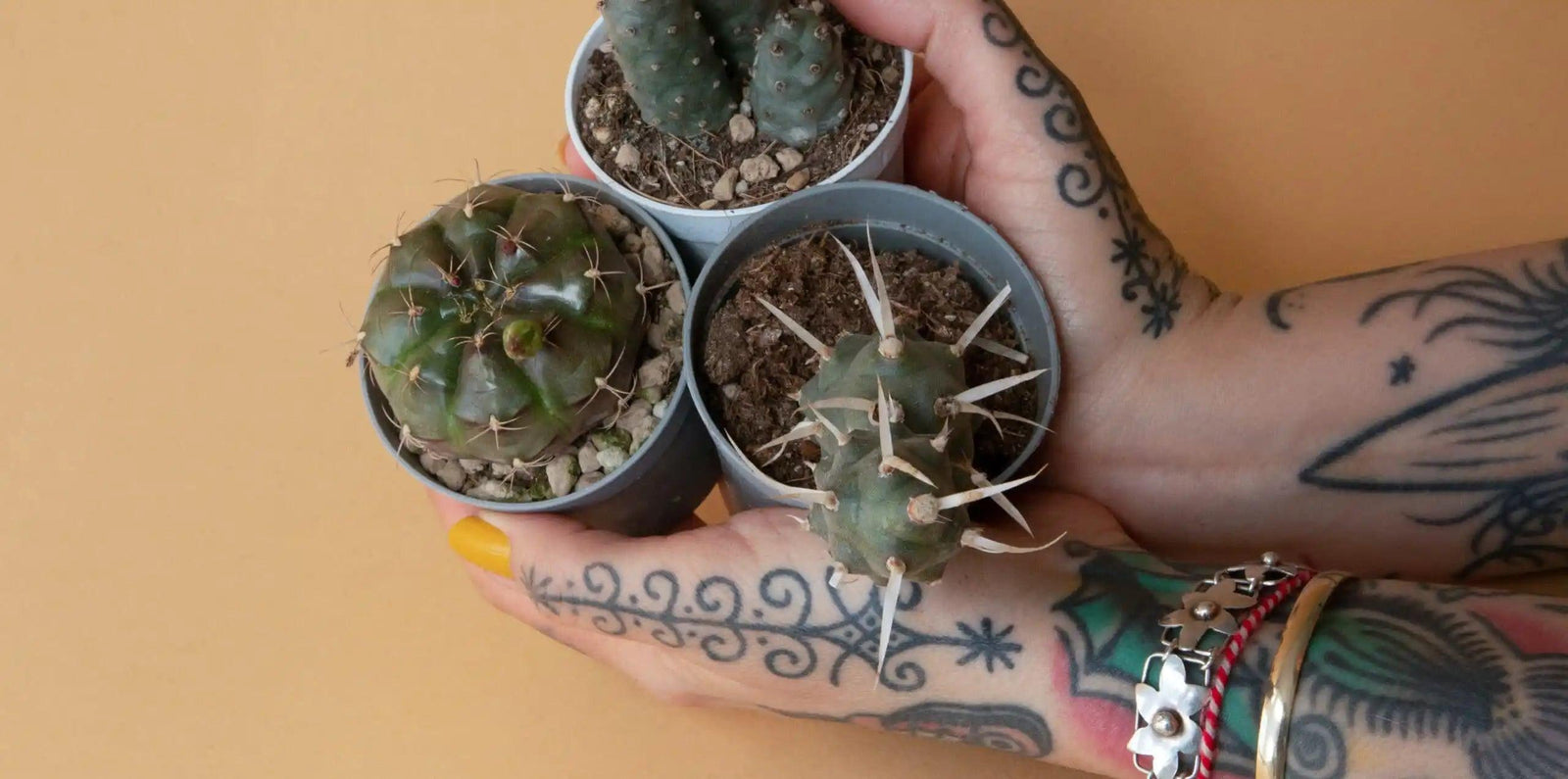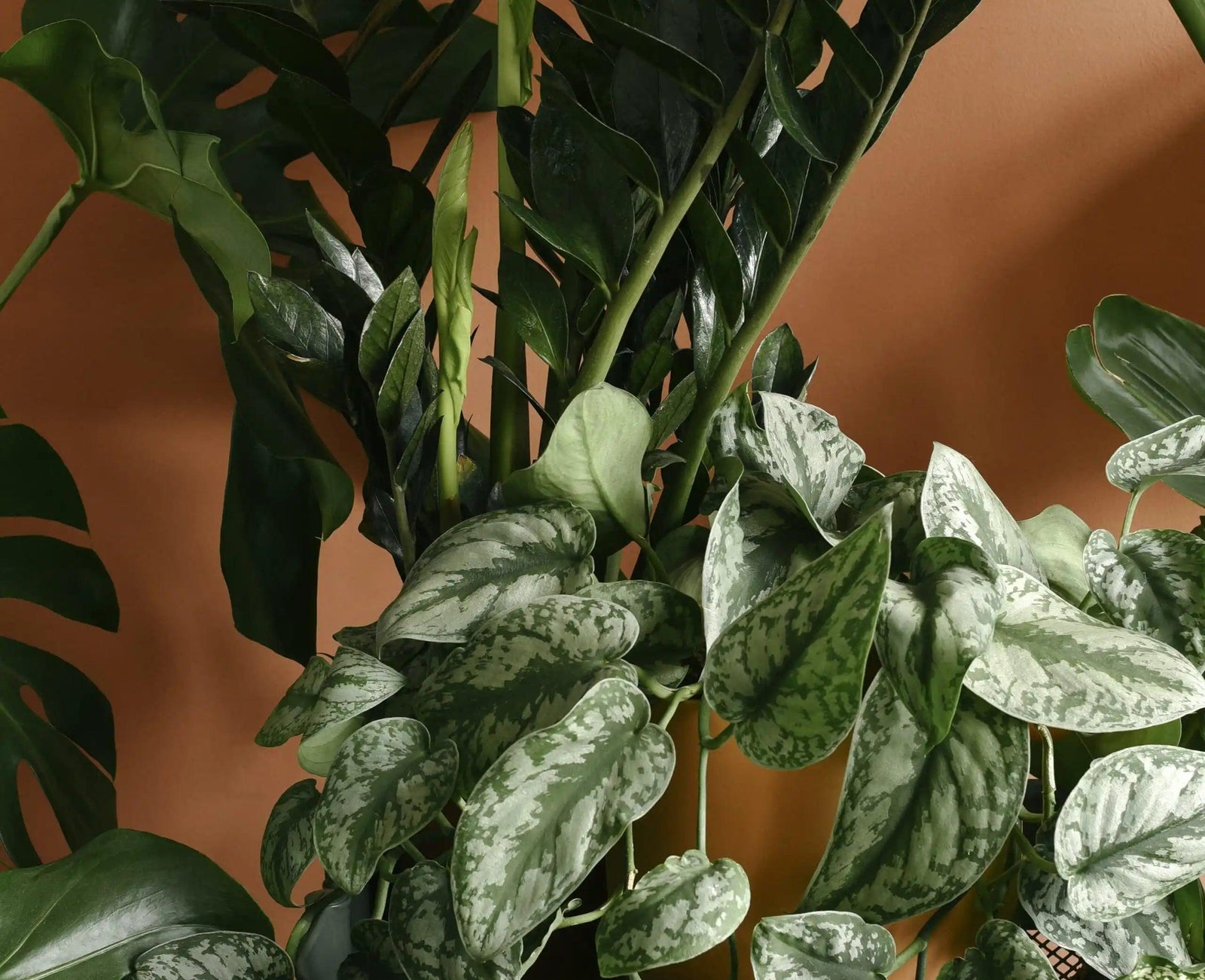It’s true that there’s no universal truth on how to grow specific kinds of plants, just experiences and opinions we can share. In this post, Plant Circle’s founder Monika shares what she’s learned, and have found to be the key to (successfully) growing alocasias. Curious yet? Read on!
When you’re reading blog posts or articles about how to care for a certain kind of plant, you may notice that something important is often missing… people sometimes forget to share the exact location of, and conditions in, their home or garden! And that stuff is kind of important.
Because if you live somewhere warm, and your garden is filled with thriving alocasias, a blog post like this one is not for you and you can easily skip it. I have no experience growing alocasias in the tropics, and I can only tell you what works in an apartment in Berlin. I can imagine that a lot of places in Europe will be similar, but I also know some will be wildly different, so use your best judgment when deciding whether or not to follow my advice!

Apartments, just like geographical locations, can vary so much, especially by the season, and when it comes to how they are built and how much light they get. Apartments in the northern hemisphere are rather well insulated and can get very dry in winter due to heating. Mine, however, is actually different. Yes, it’s insulated and heated, but it gets rather humid in winter as I have quite a few plants in here, and that, combined with less airing out (it’s freaking cold outside!) creates a humid microclimate.
My journey with alocasias began a long time ago, but after years of failing at growing them, I decided enough is enough, and I went down an internet rabbit hole (thank you, ADHD) and hyper fixated on an extensive research about what these plants actually like.
I’ve also spoken to the people around me who’ve grown them successfully about what their secret is, and all roads eventually led to this conclusion:
hydro.
Alocasias love for their roots to be ‘exposed’. I even read somewhere, that they would grow on rocks in certain places, and basically only drink when it rained on them. The water would wash down the roots and then leave them to air dry themselves. I thought this was a fascinating, yet hard to replicate, at-home idea. I also read that they like to have ‘wet feet’ which means to sit in water. Now, if you try this with a regular potting mix, having it always be wet at the bottom, you will most likely start to get root rot. I don’t know about you, but I didn’t dare try!

So instead I connected the dots and came up with a potting mix, that I thought would work: pumice, charcoal, bark, and hummus. I took some dying alocasias, removed the potting mix they came in (which happened to be this weird nursery mix that mainly consists of coco fibres) and placed them in my new creation. To my surprise, this worked like a dream! After just a few weeks, new shoots were coming out and the plants were revived. Now you can get the expertly mixed alocasia potting soil here. No mess required!
Now, for the best results you can put it in a self watering pot and always keep it full. I grow my alocasias both in self watering pots (like this Elho pot with a self-watering insert) and in regular pots. It’s a little harder to control the water level in a regular pot, but if this is what you happen to have on hand, use it and just add a bit of water every week.

Alocasias love for their roots to be ‘exposed’.
Monika Kalinowska, founder of Plant Circle
I even read somewhere that they would grow on rocks in certain places and basically only drink when it rained on them.
So, if you’ve been struggling with alocasias, like I have, before you give up on this amazing genus, please give hydro a go! You can also try clay pebbles. Personally I would even add some bark to it at a 10% rate, just to make it even more airy.
Good luck and let me know if you try this, and it works for you too!



